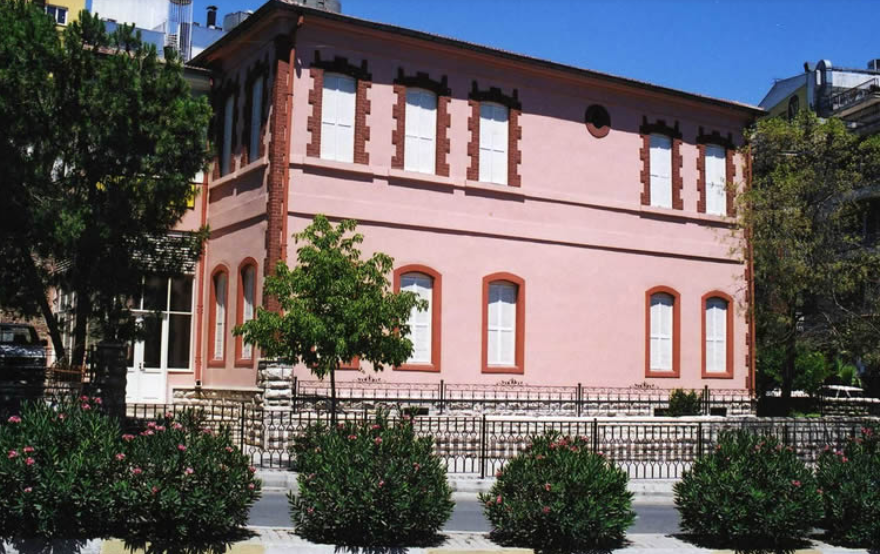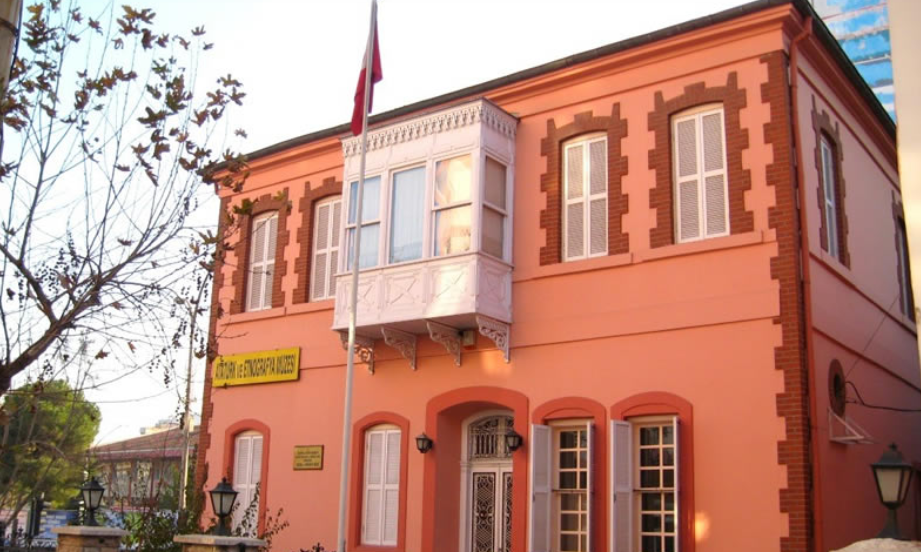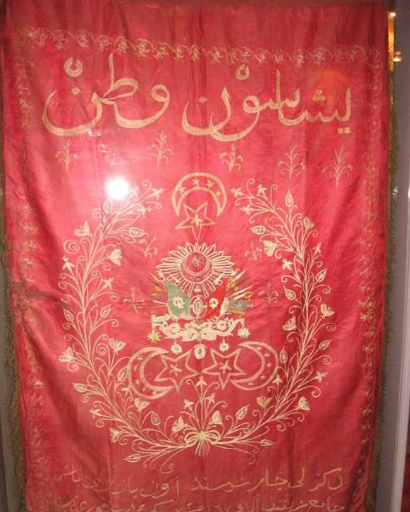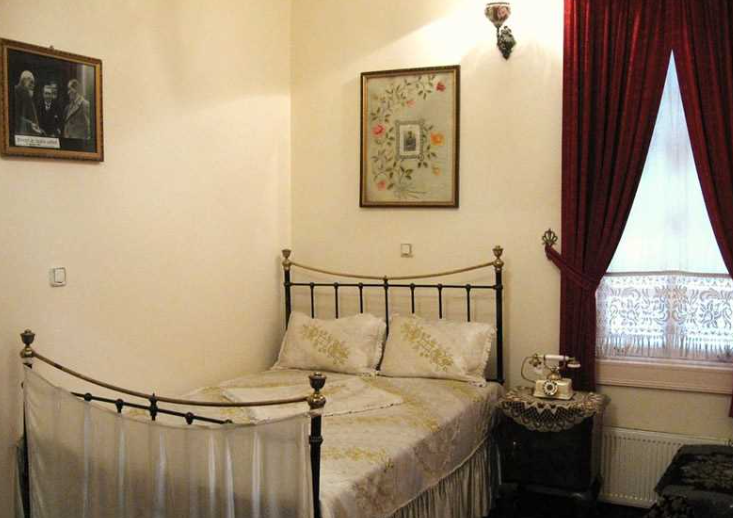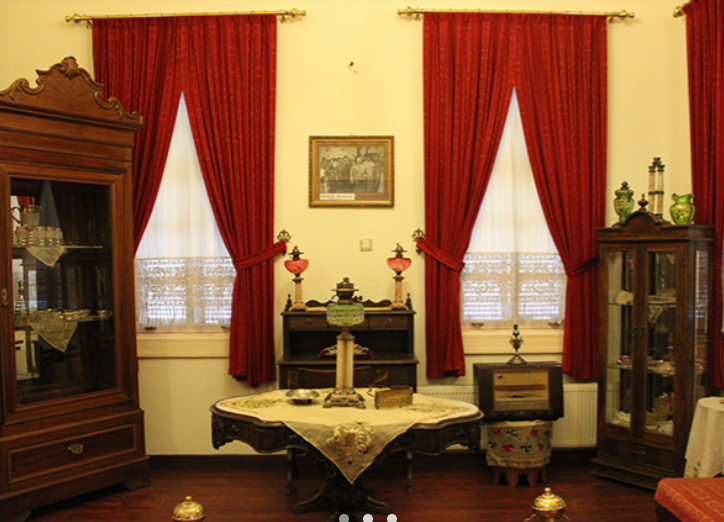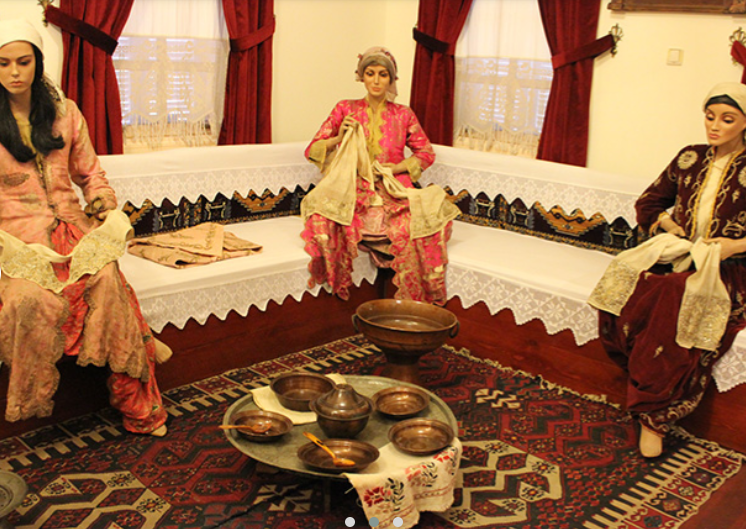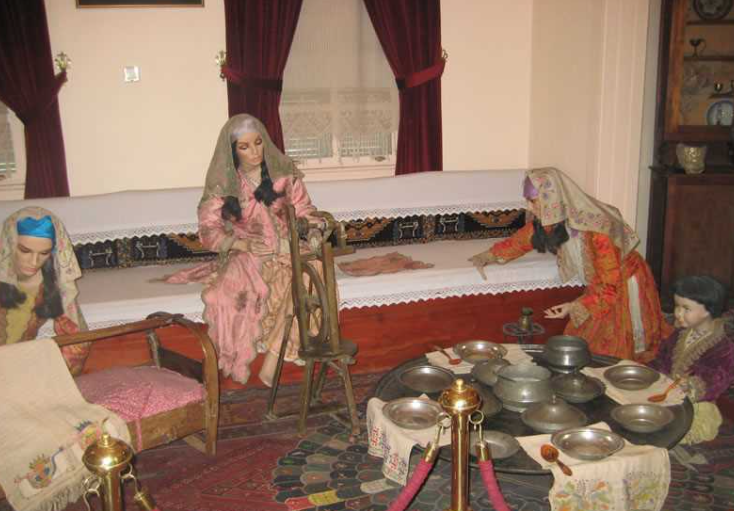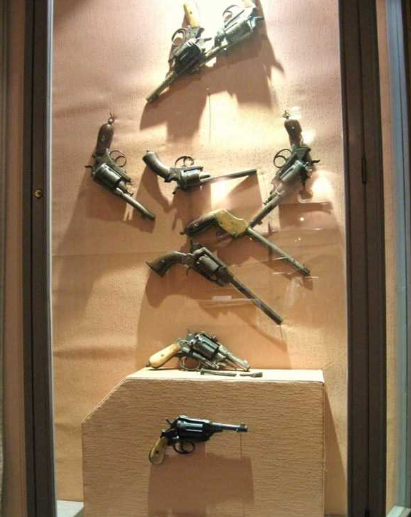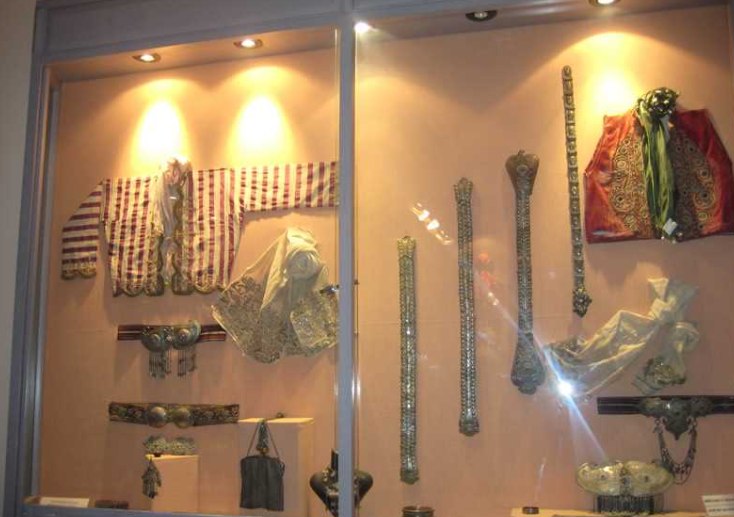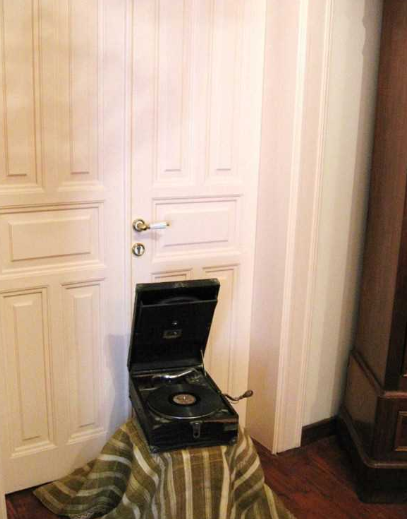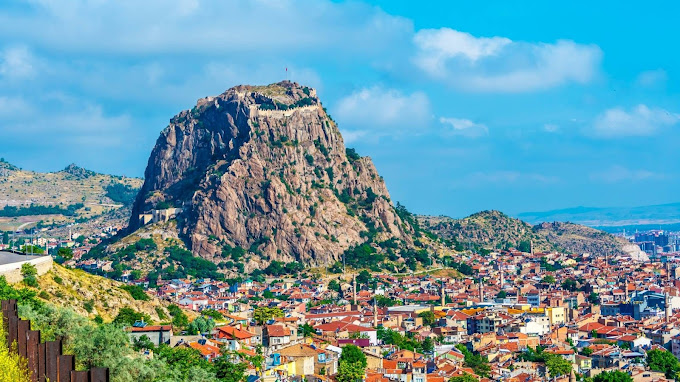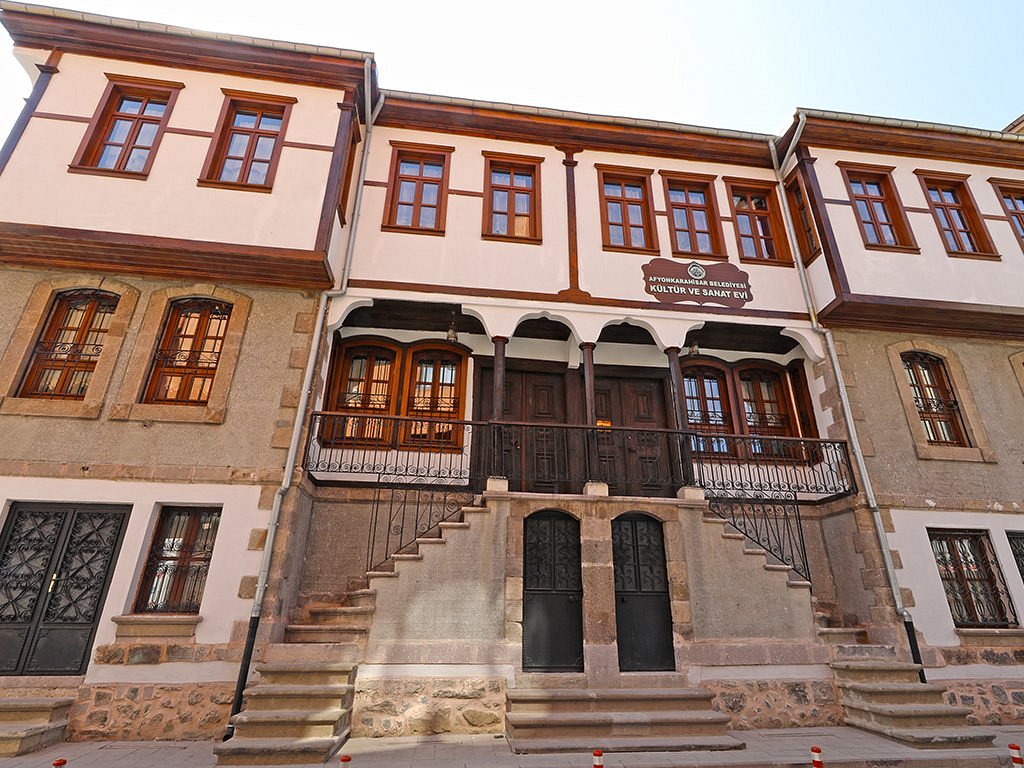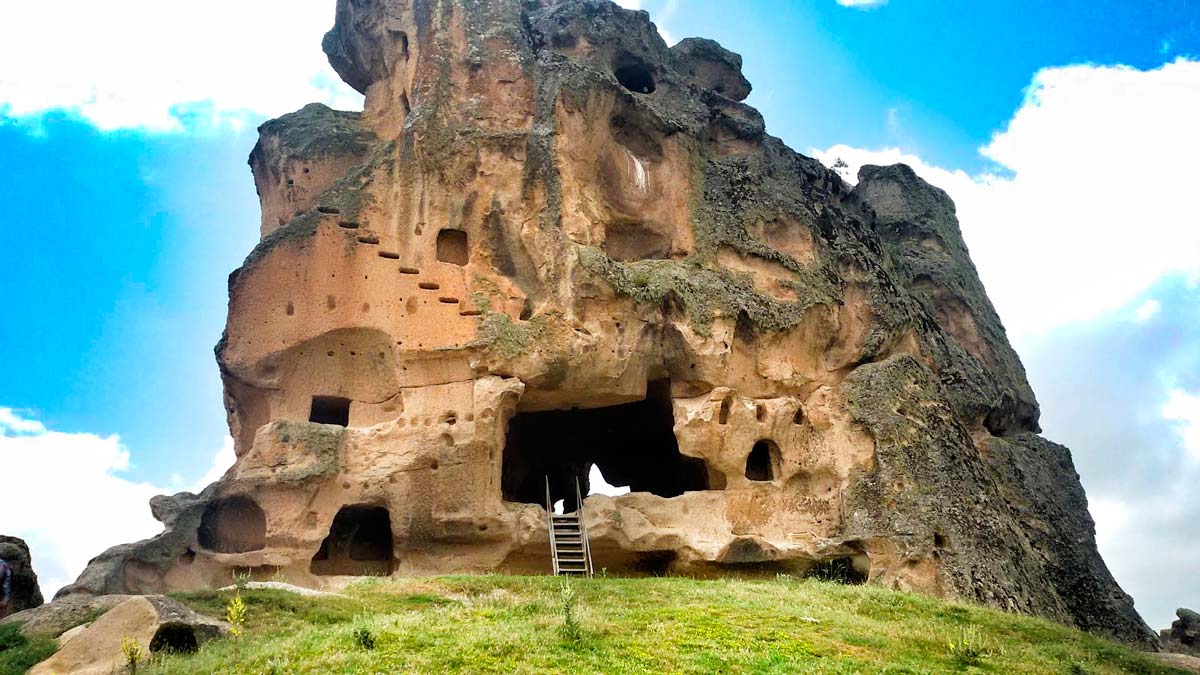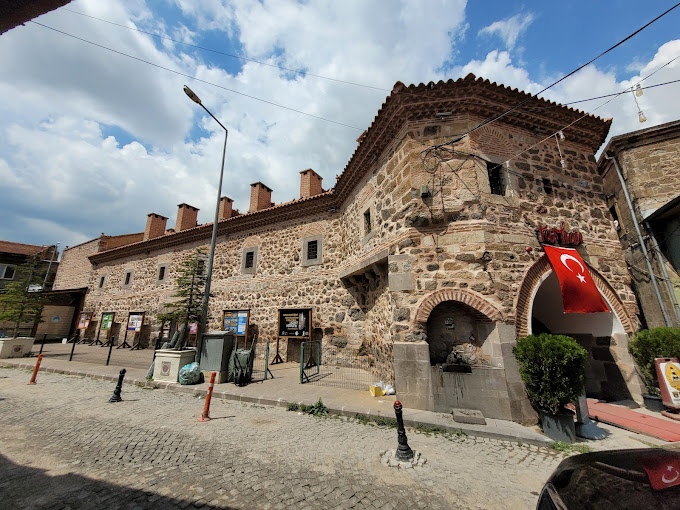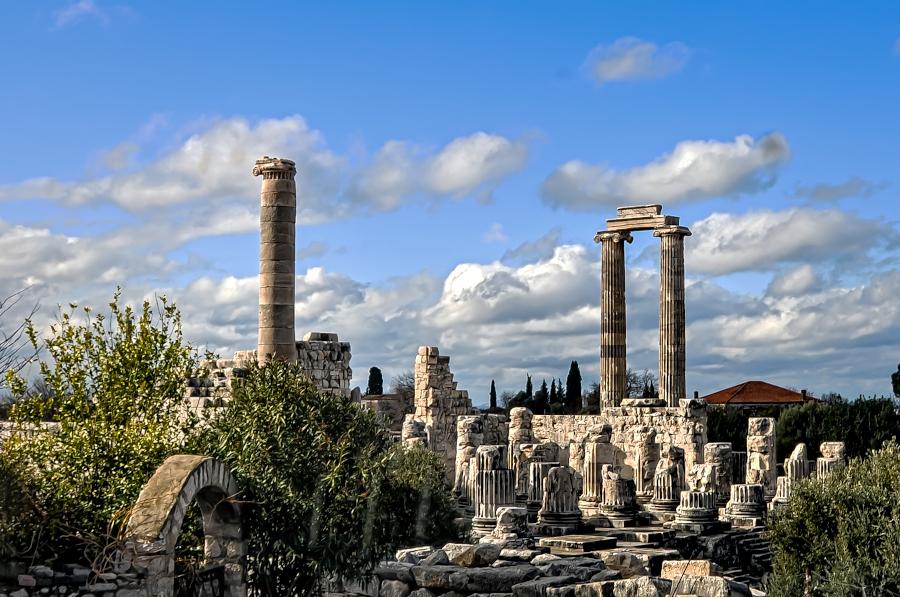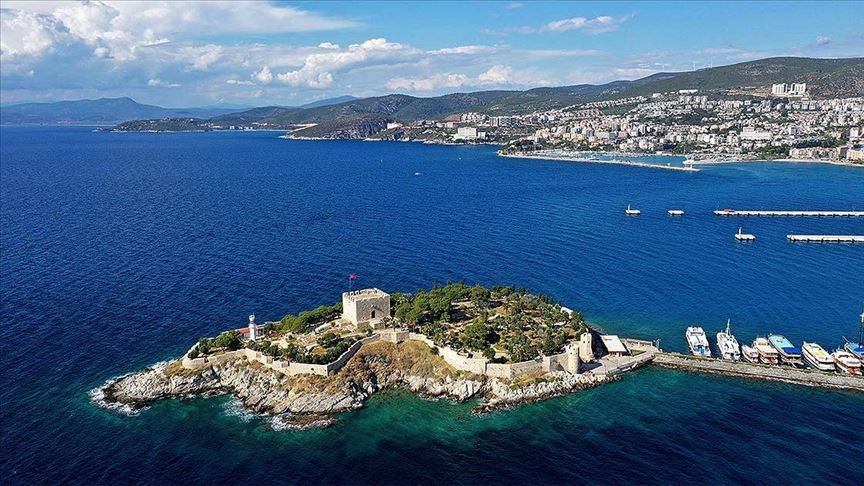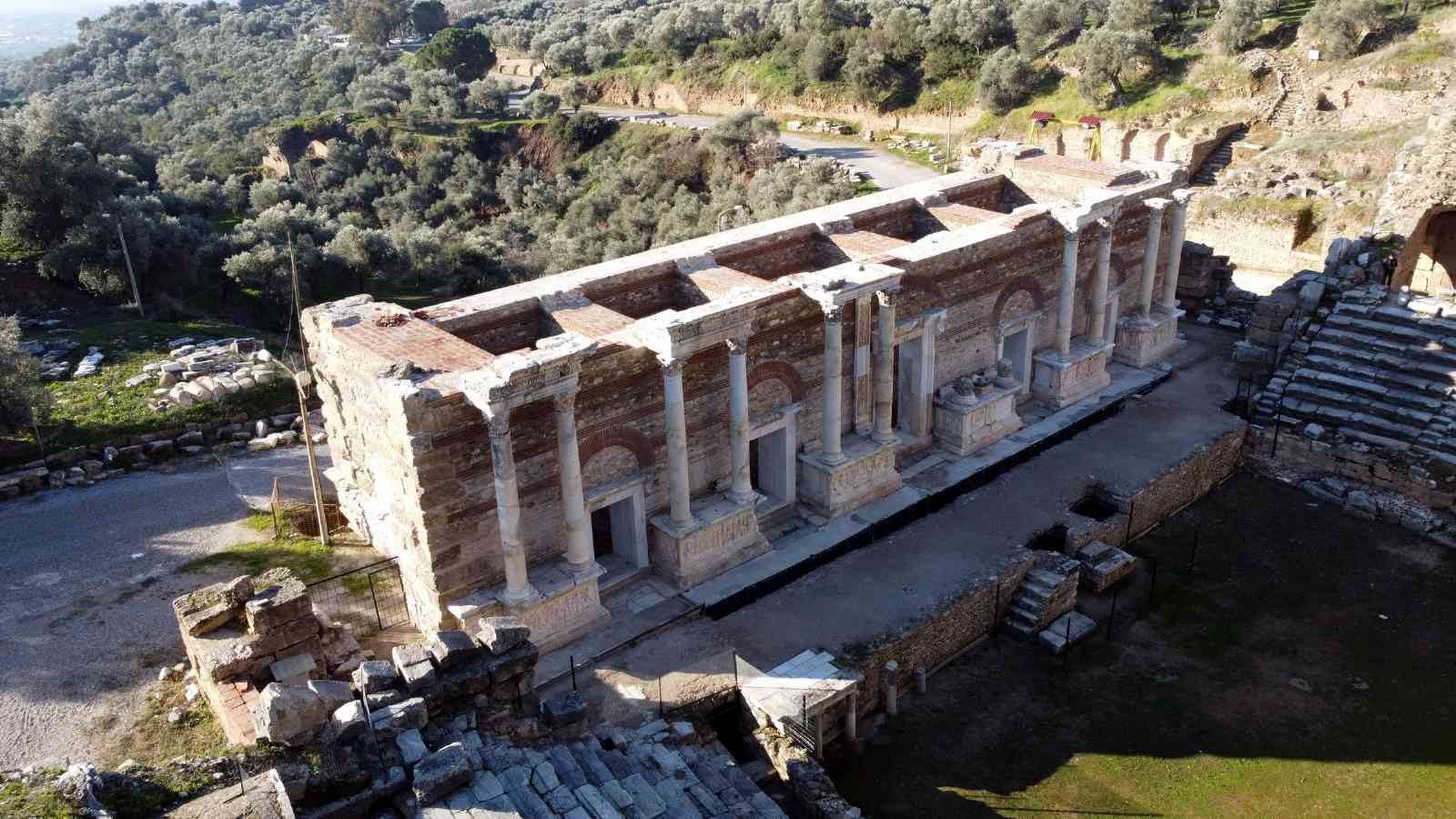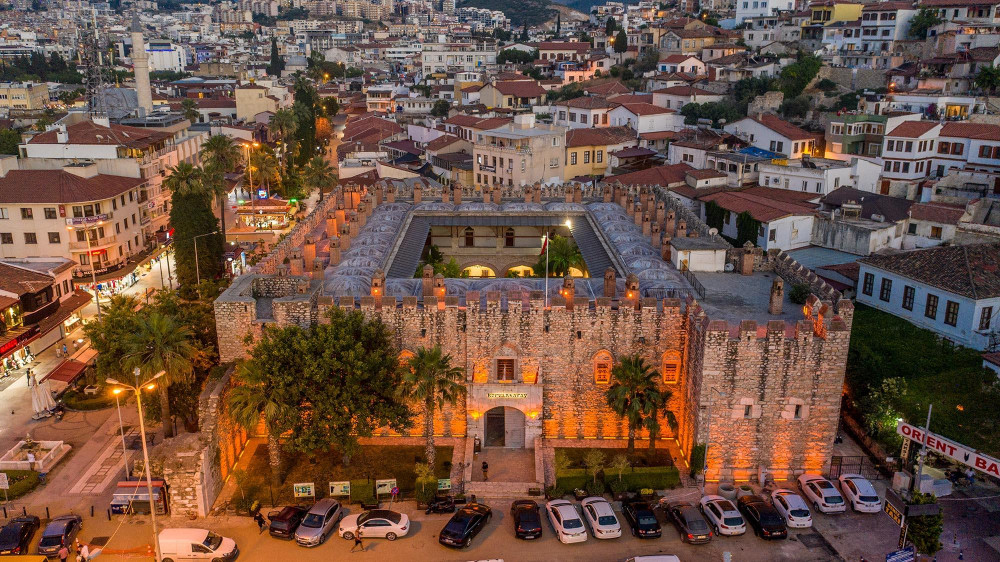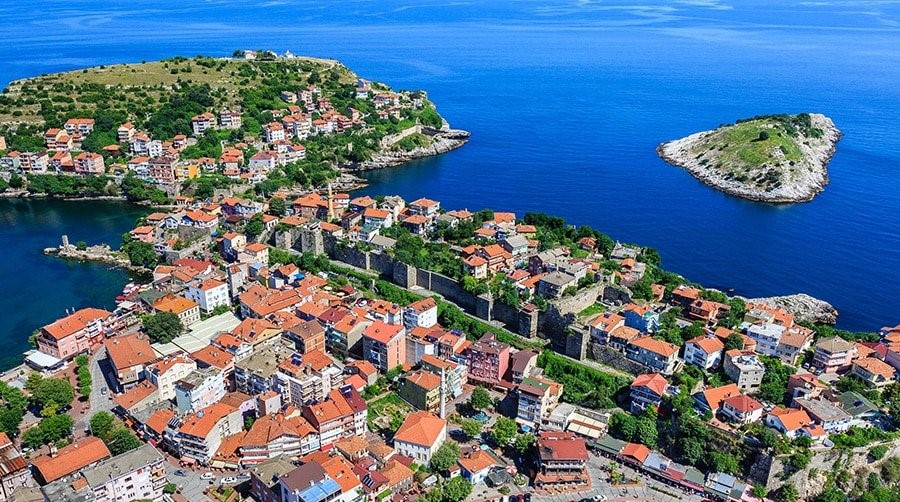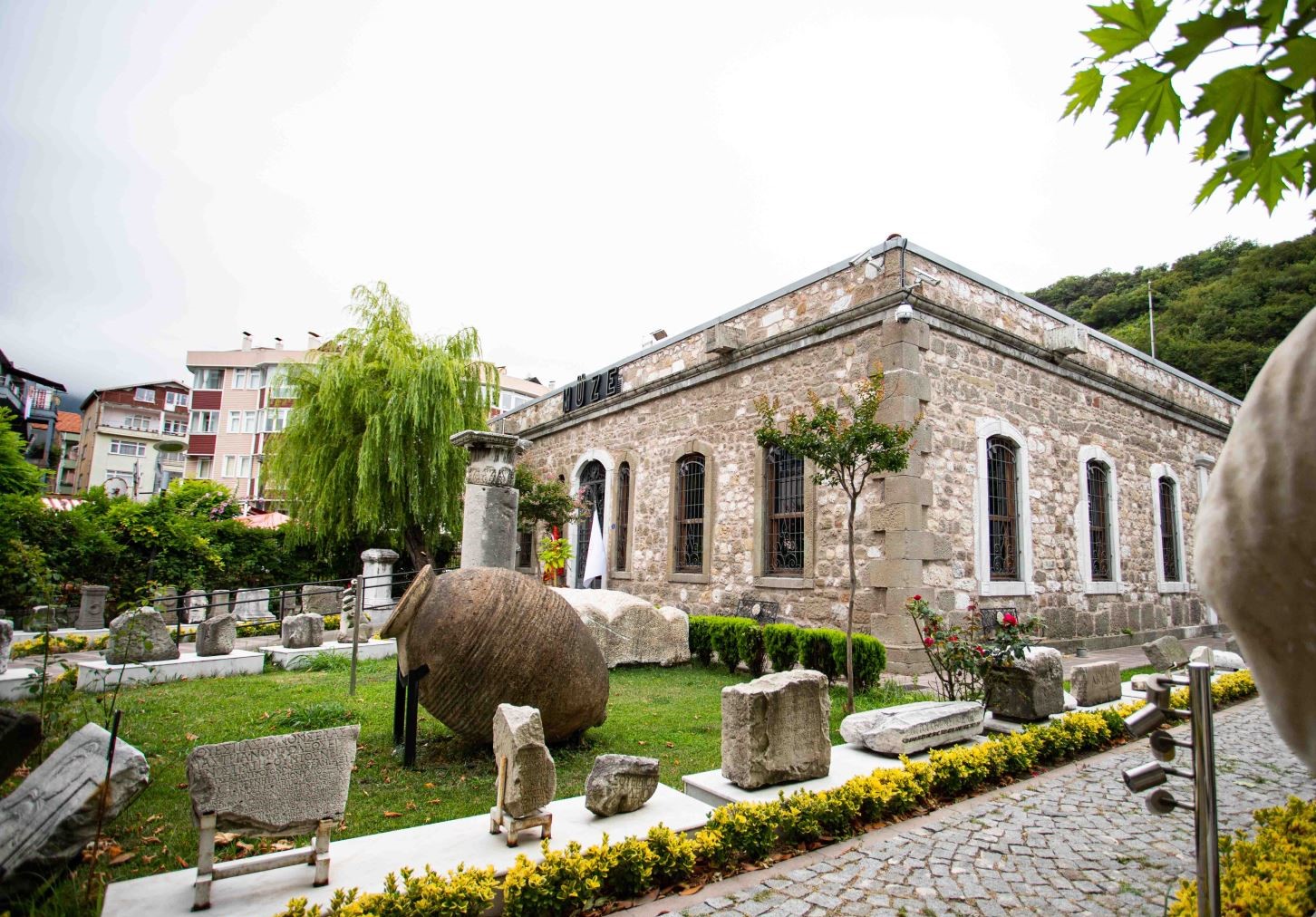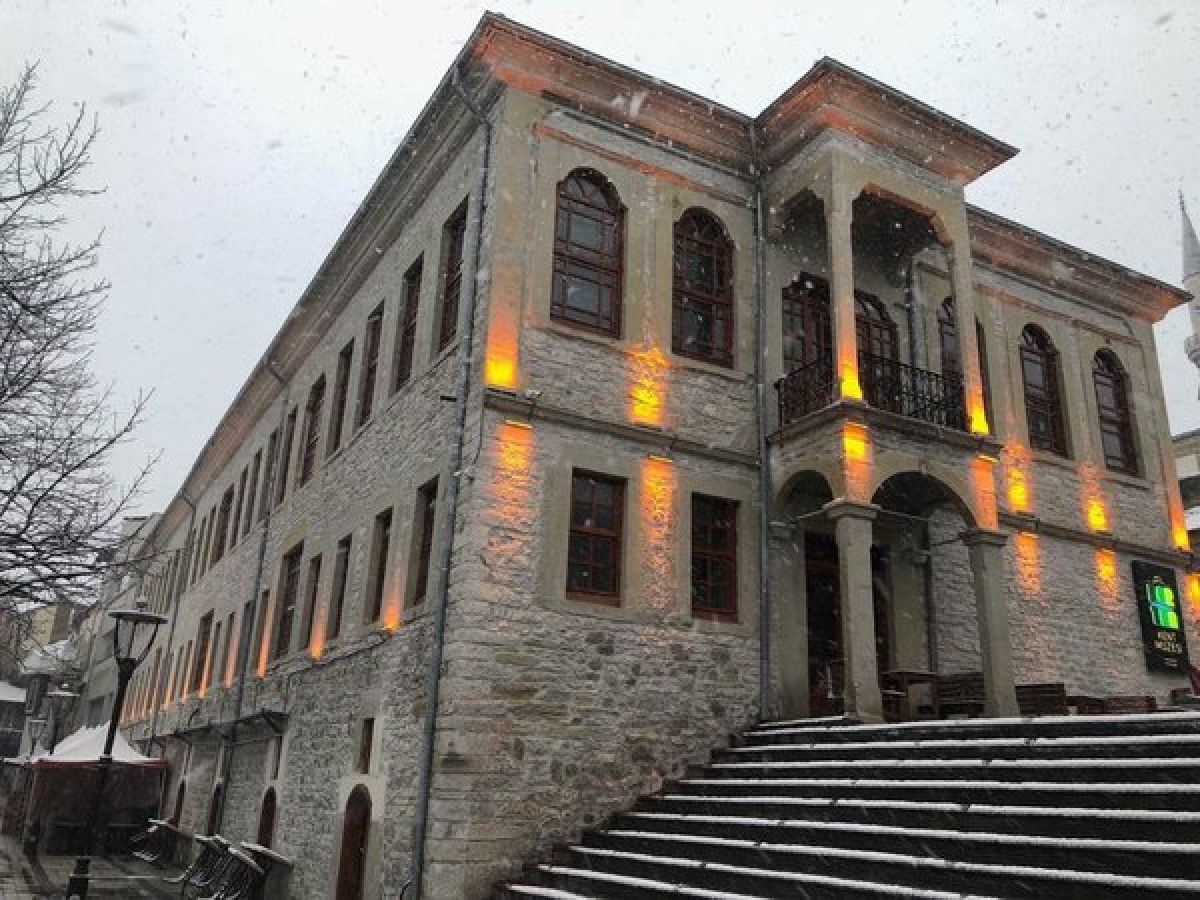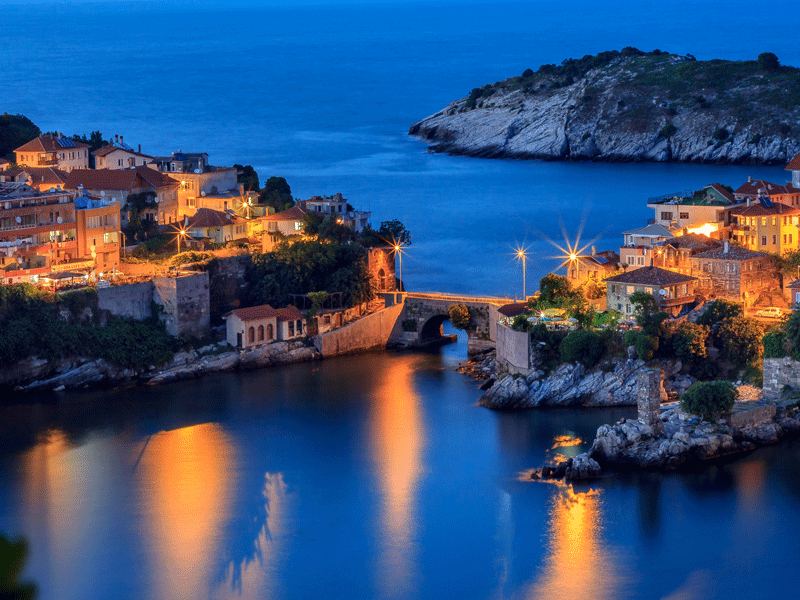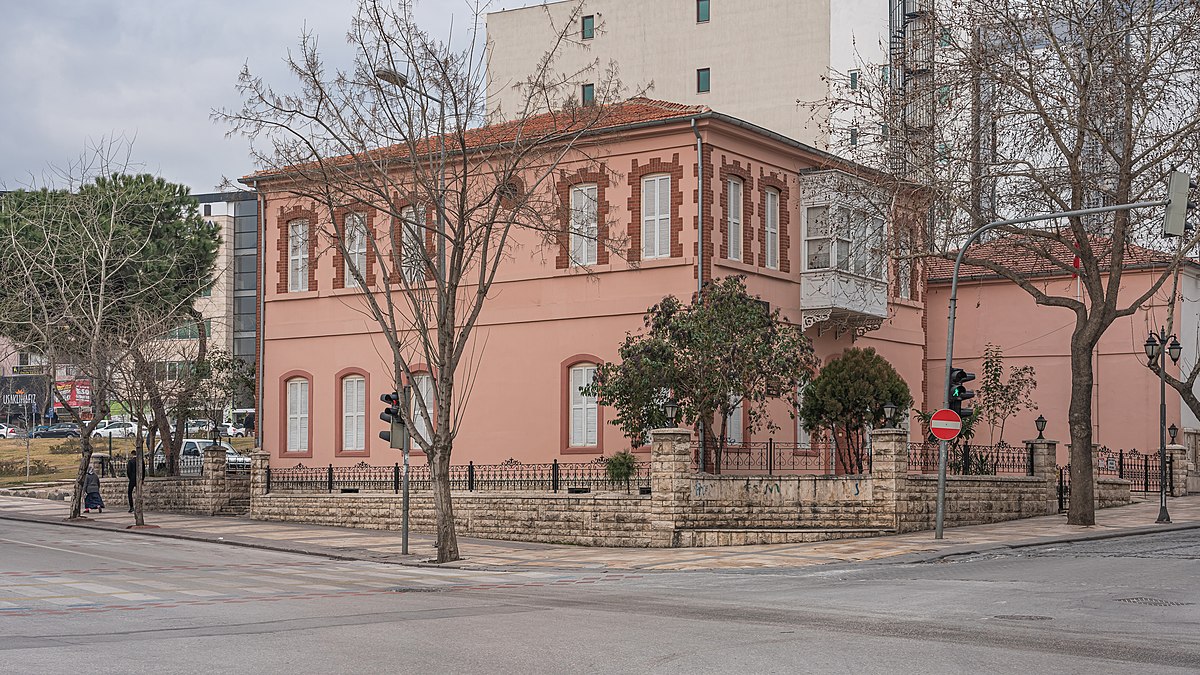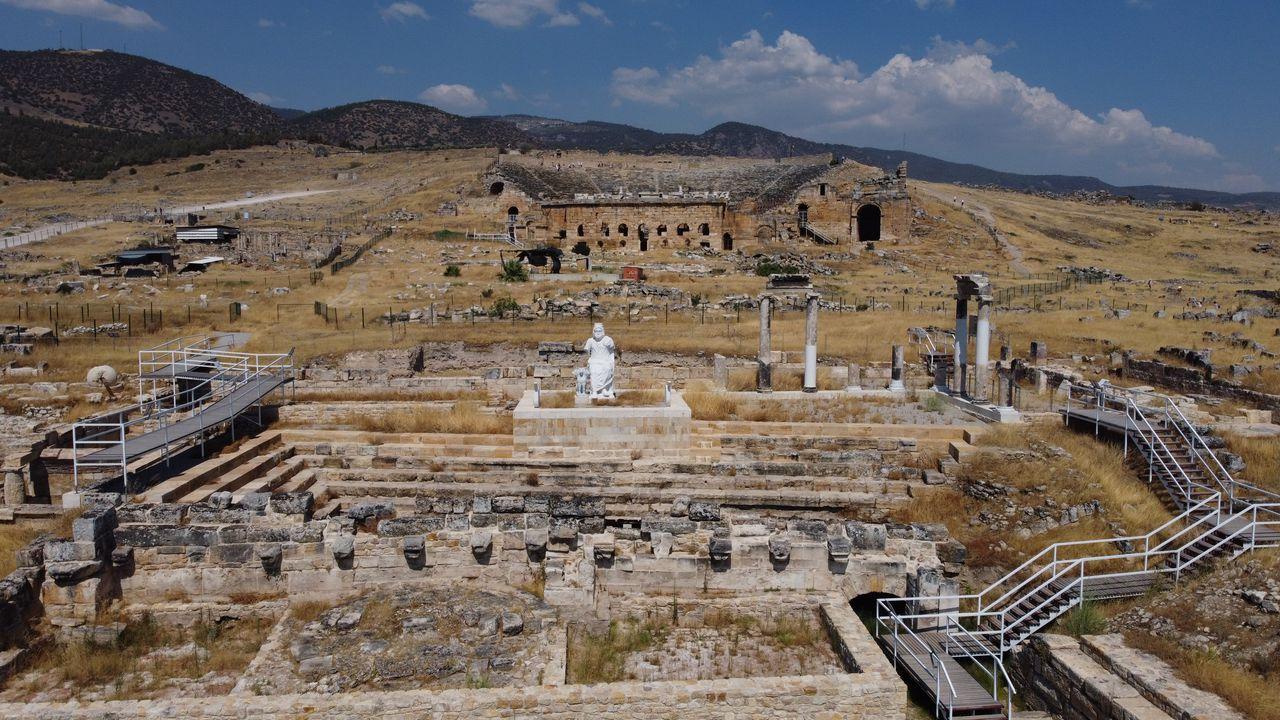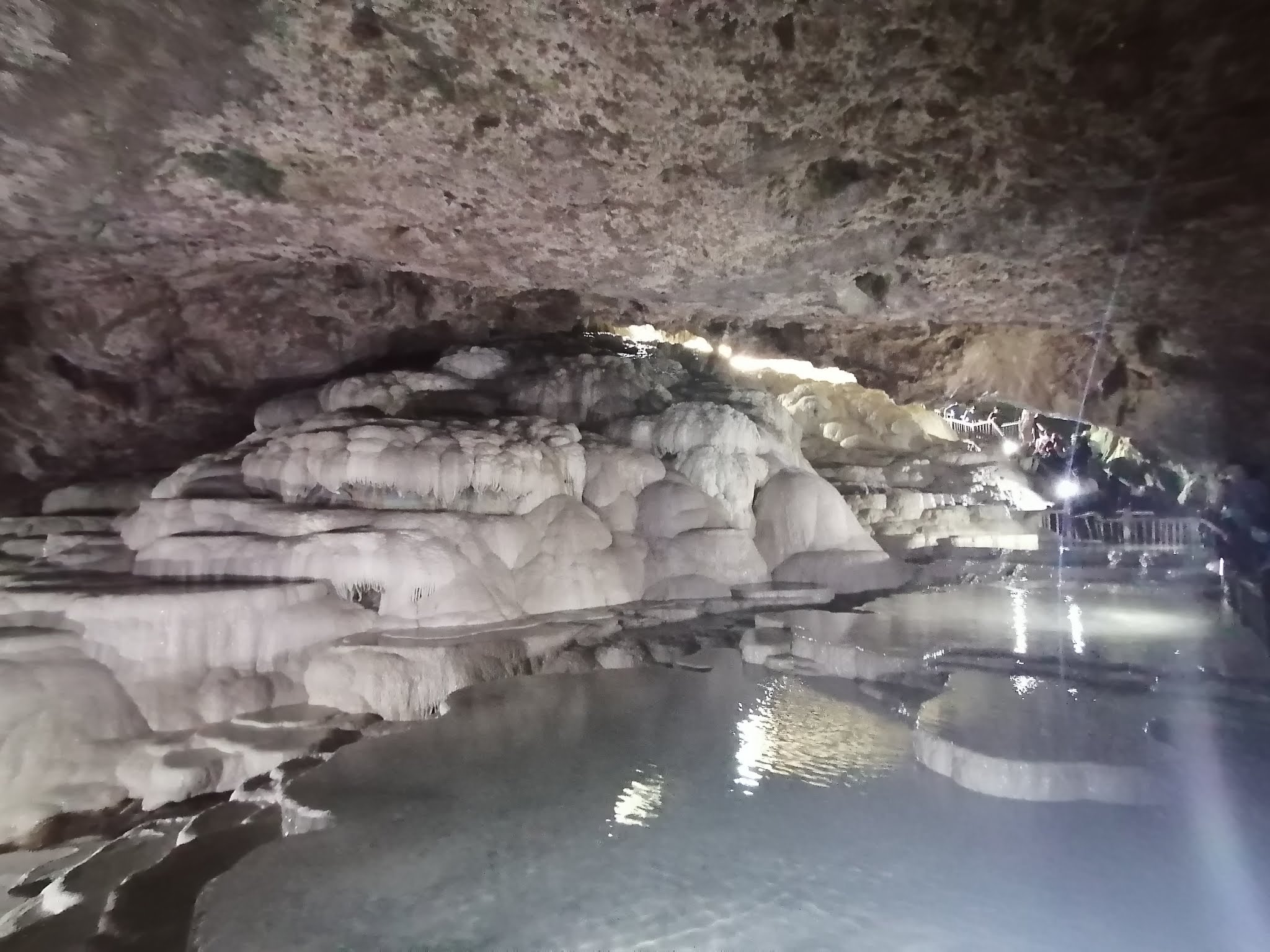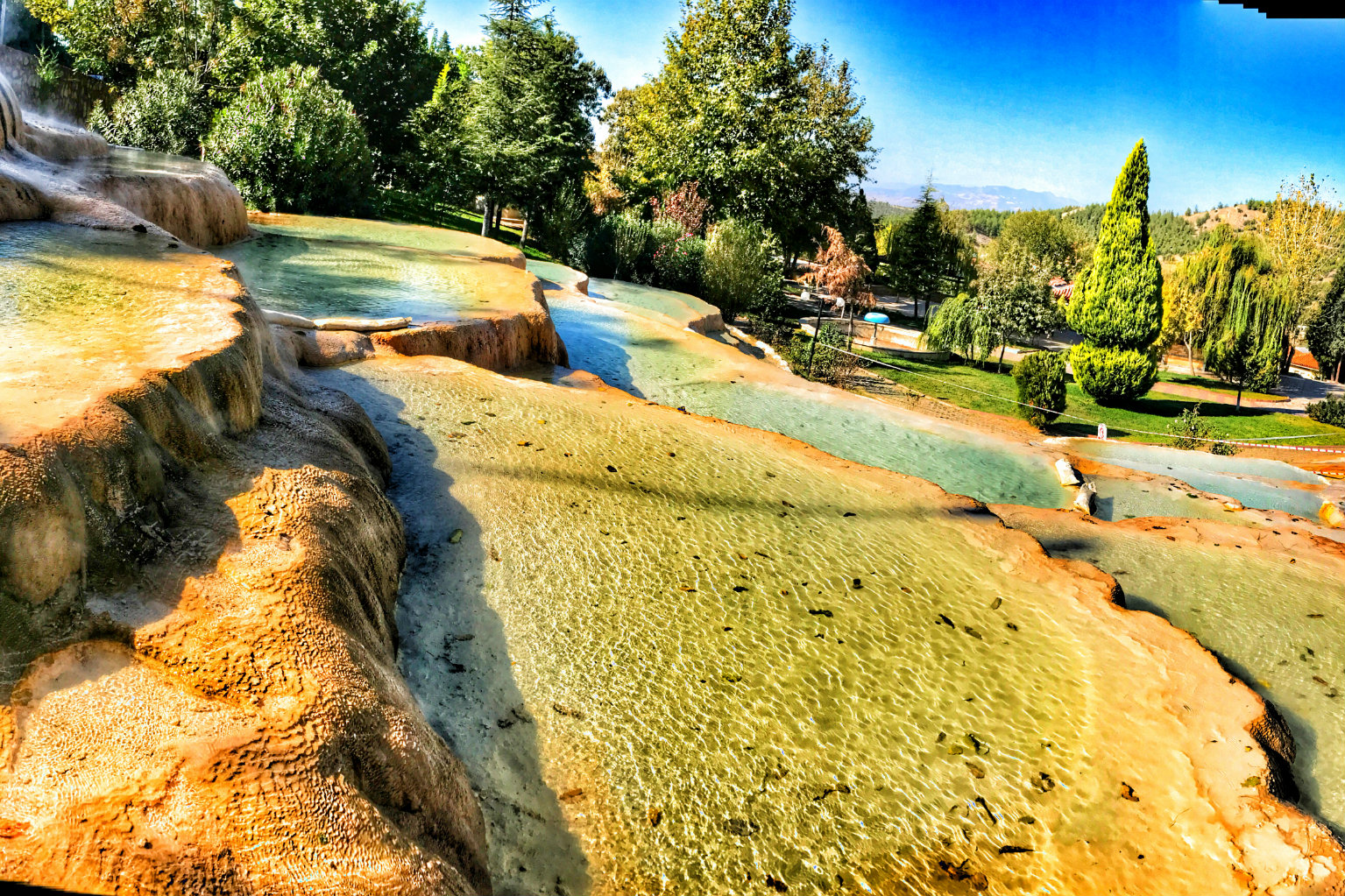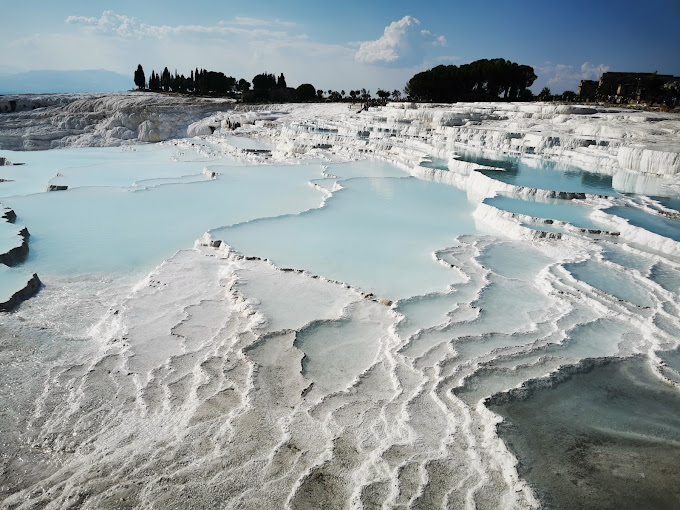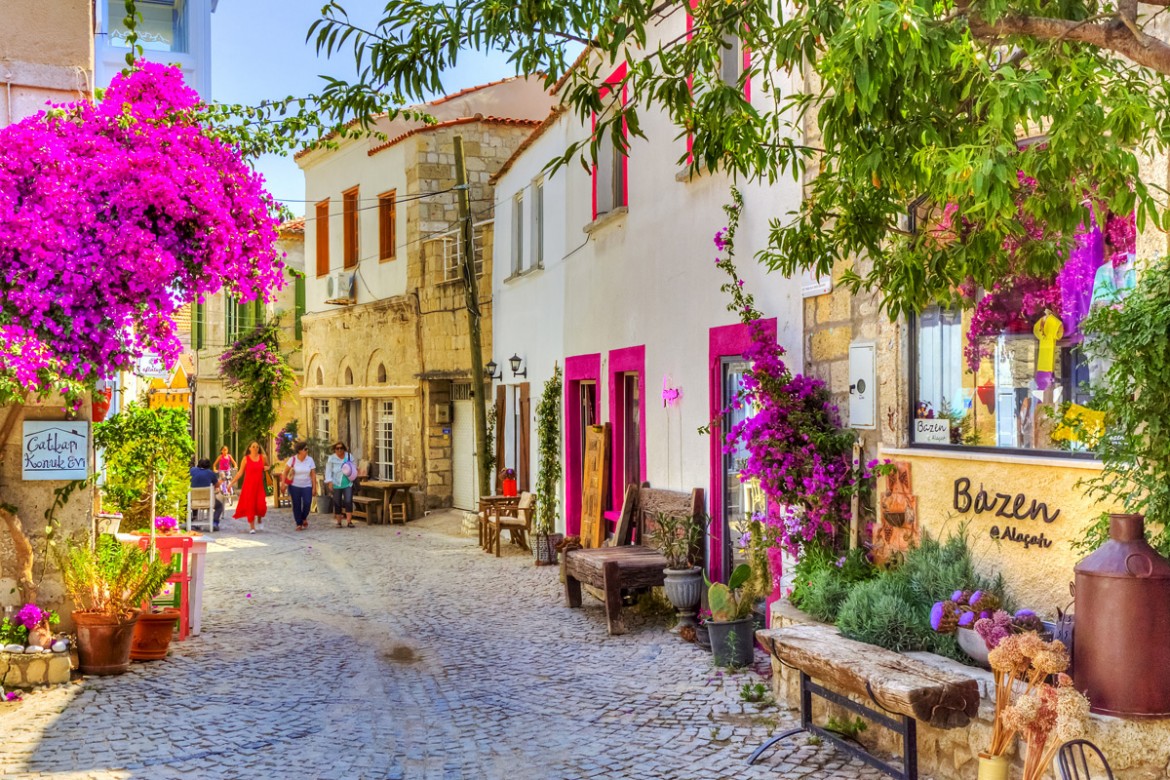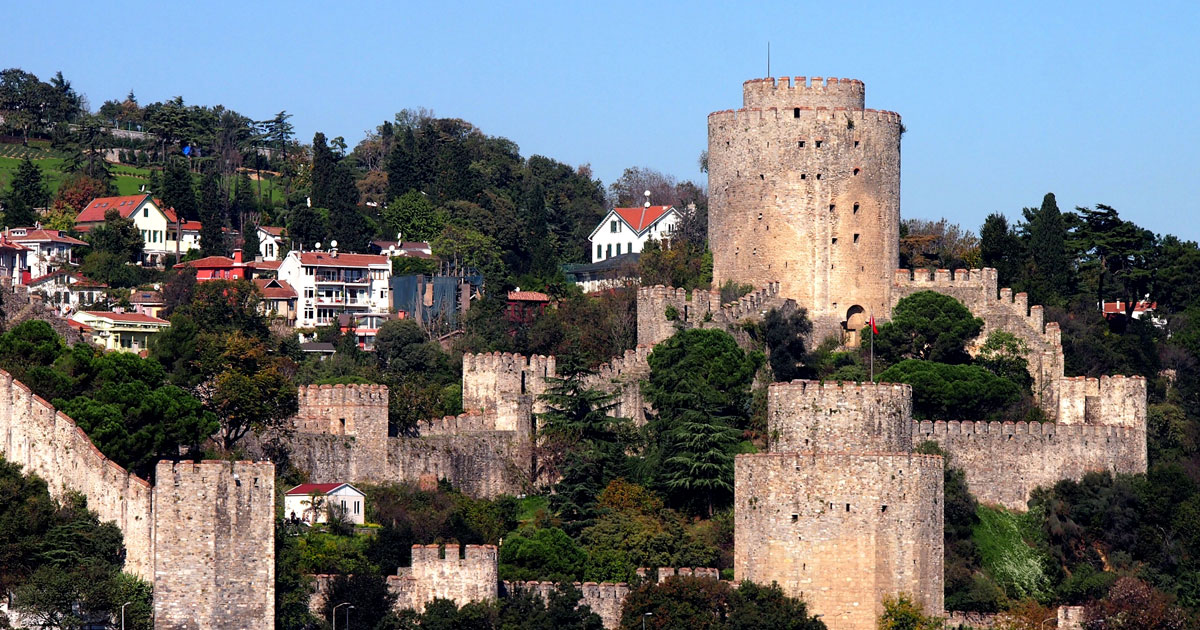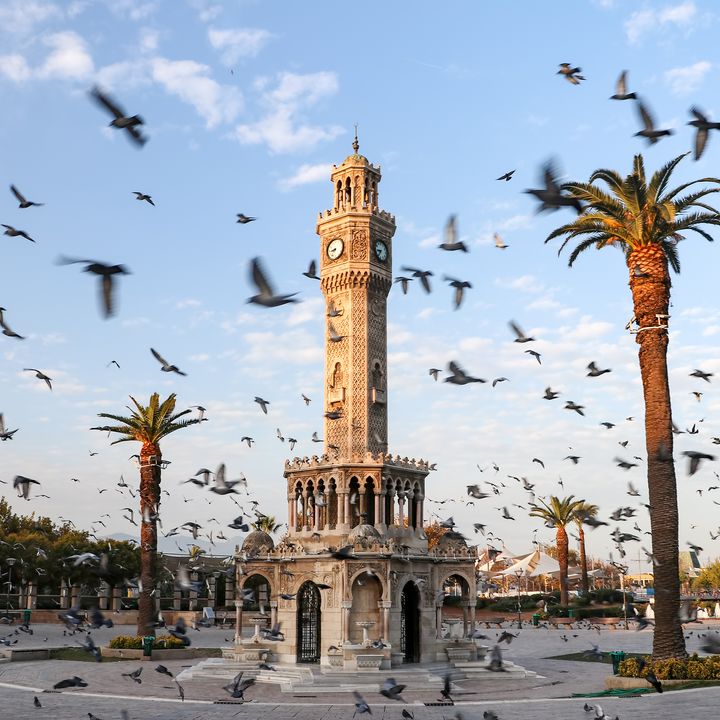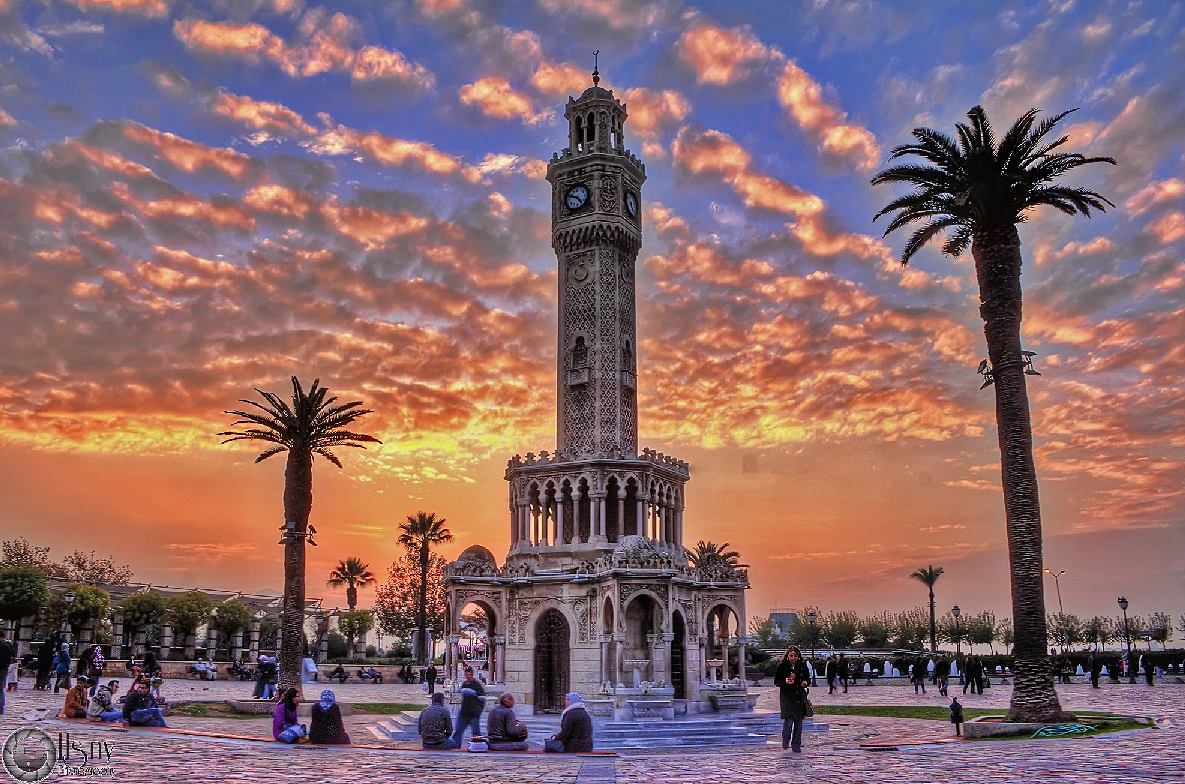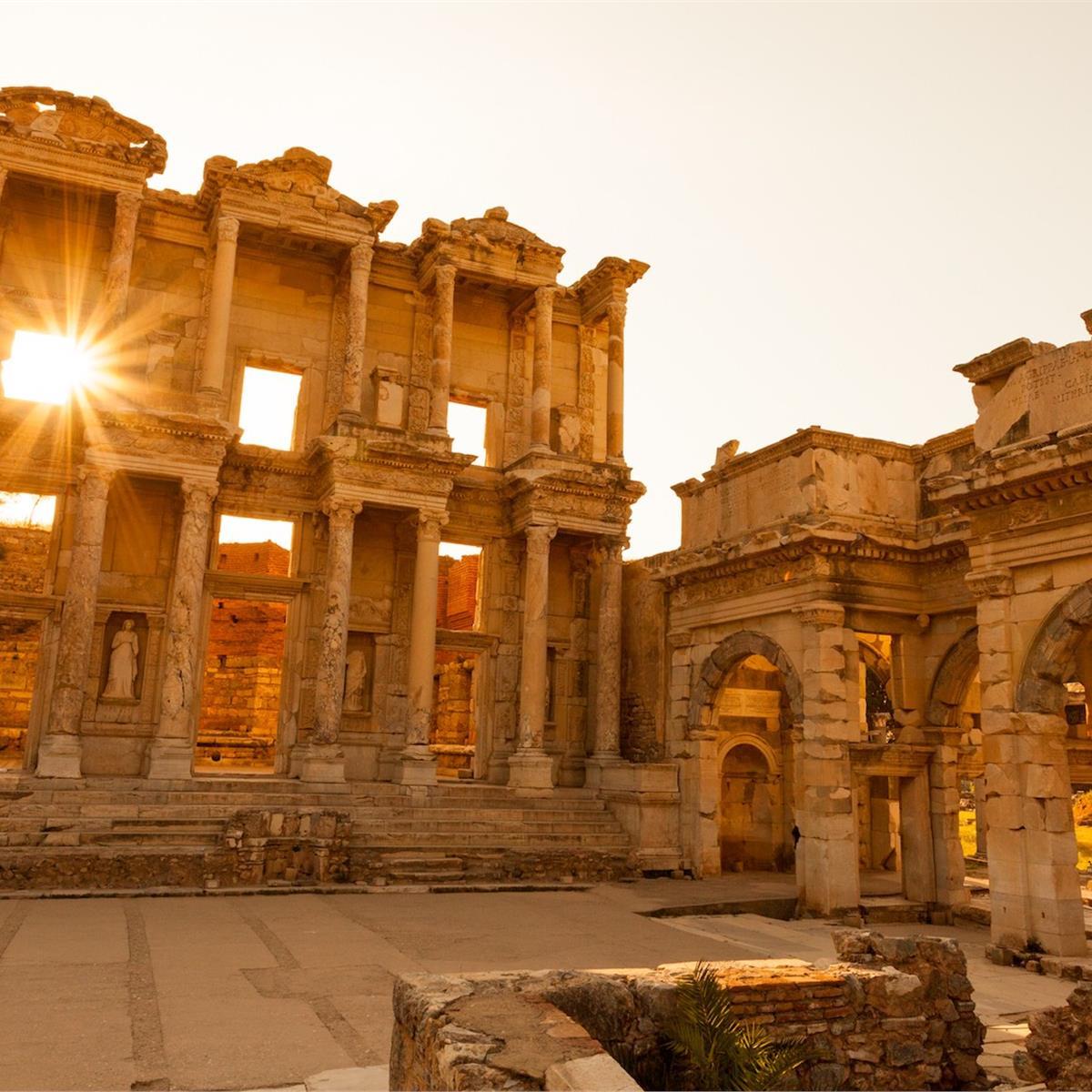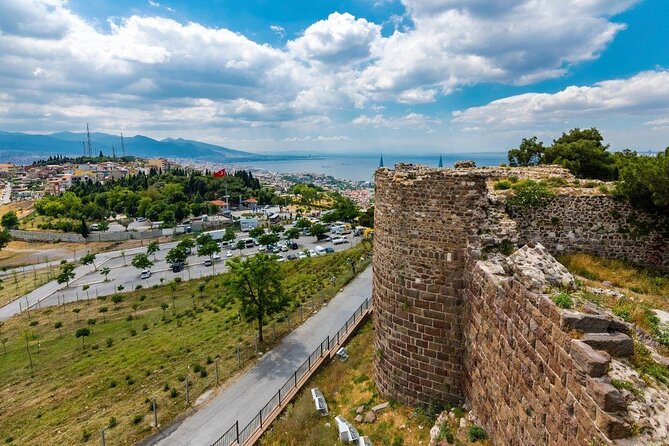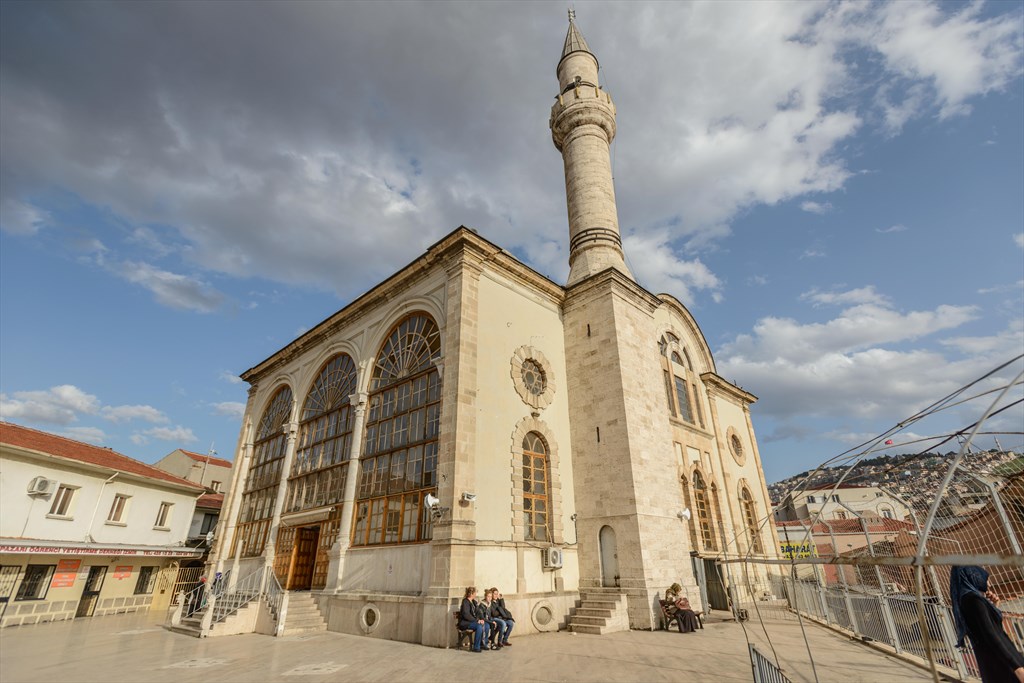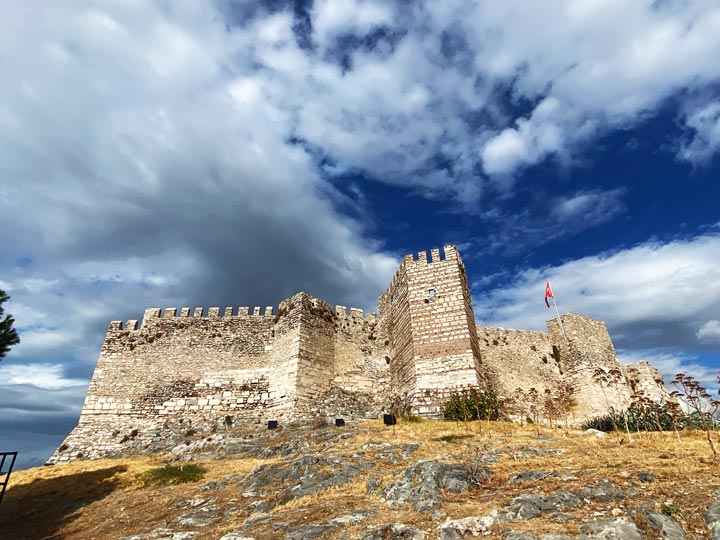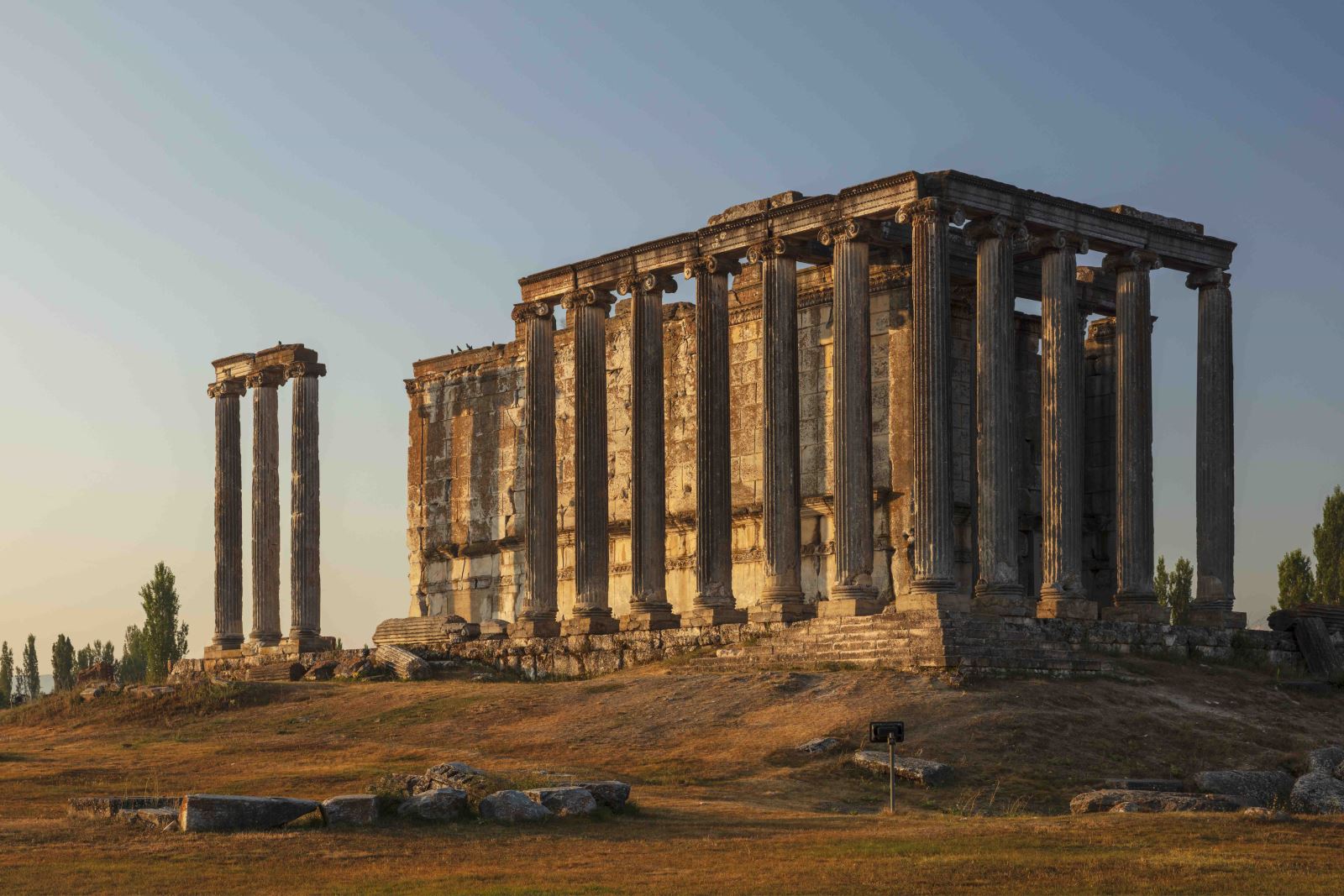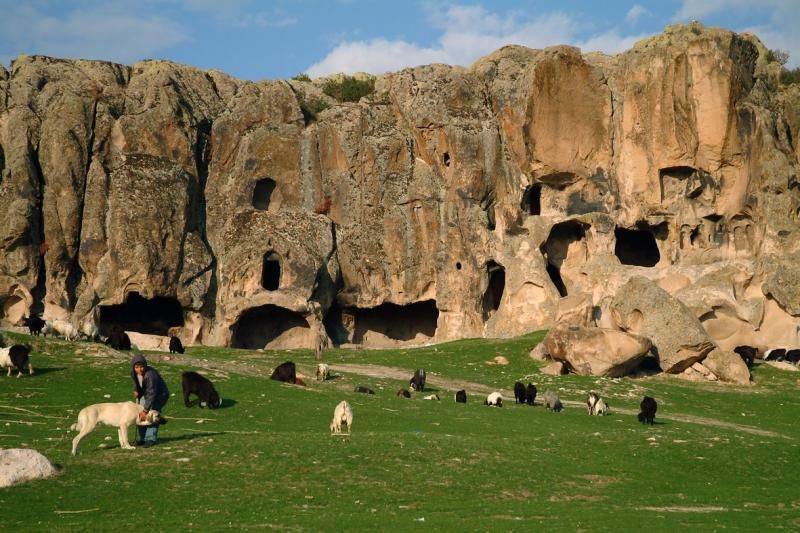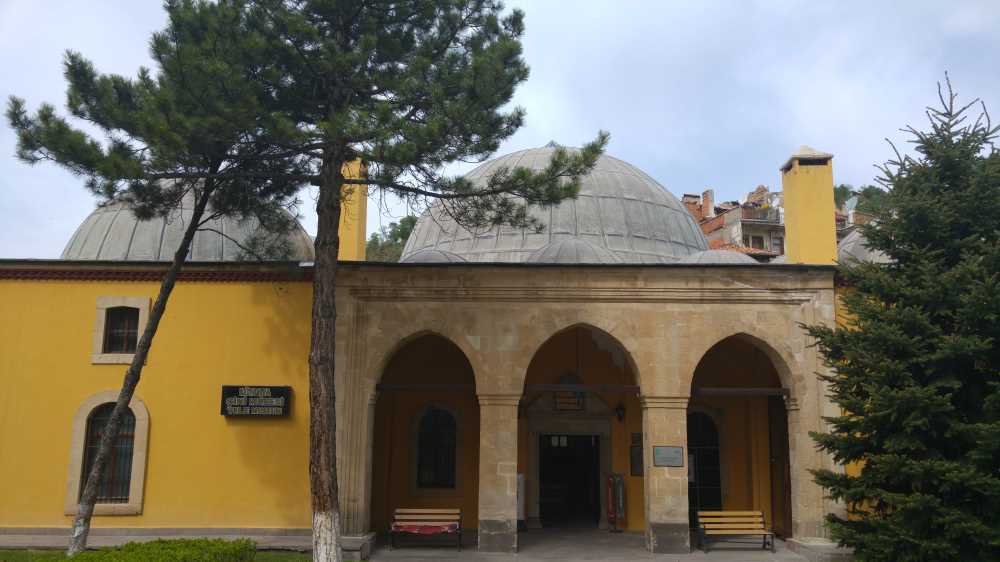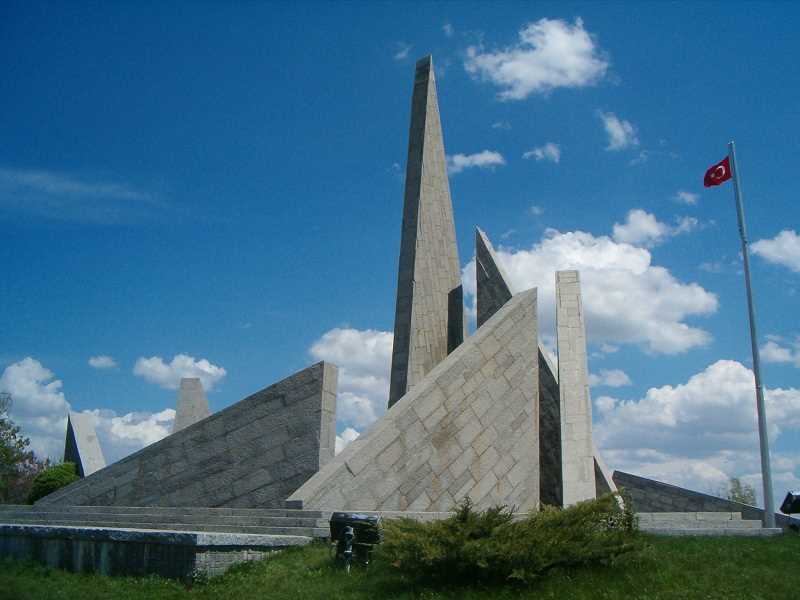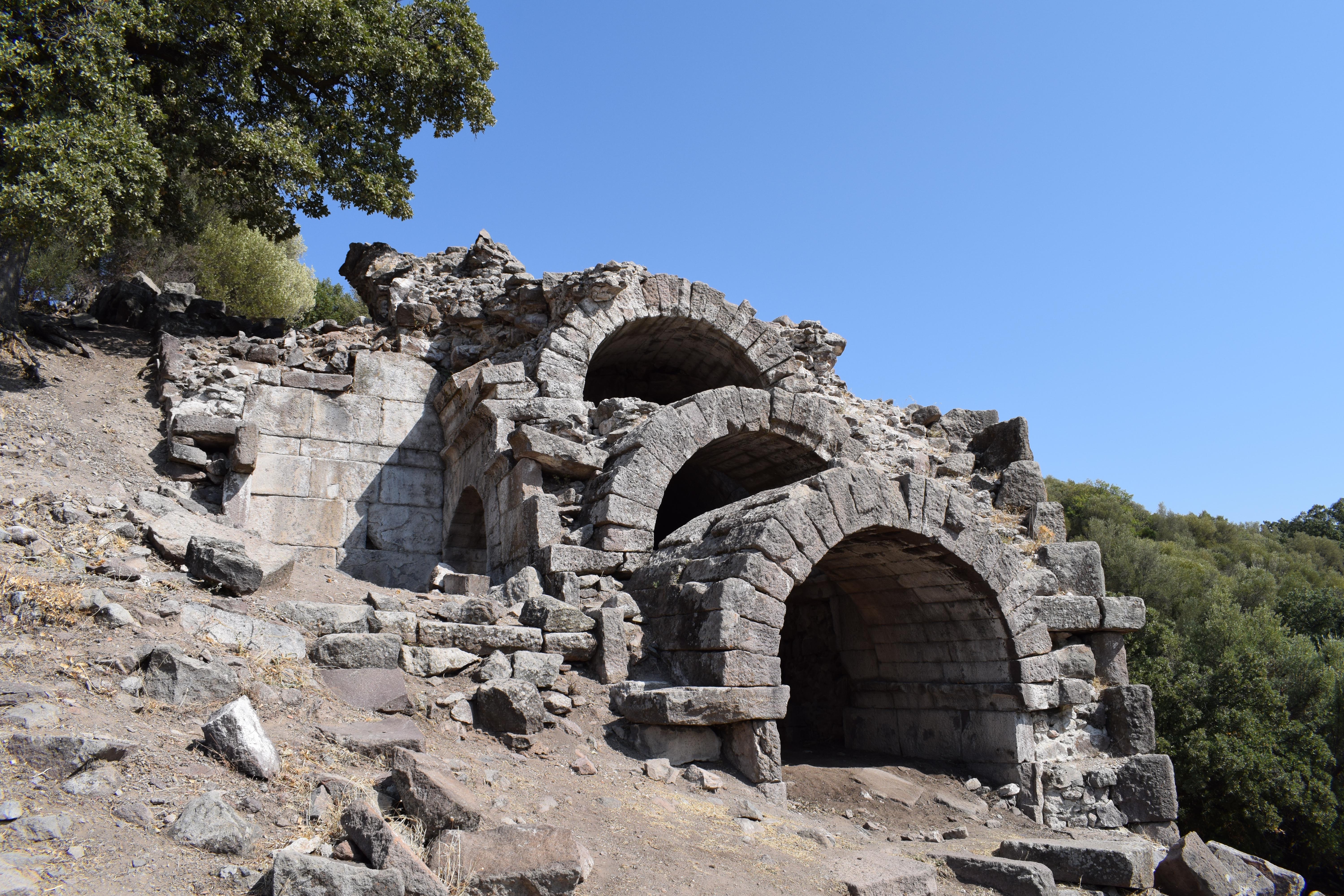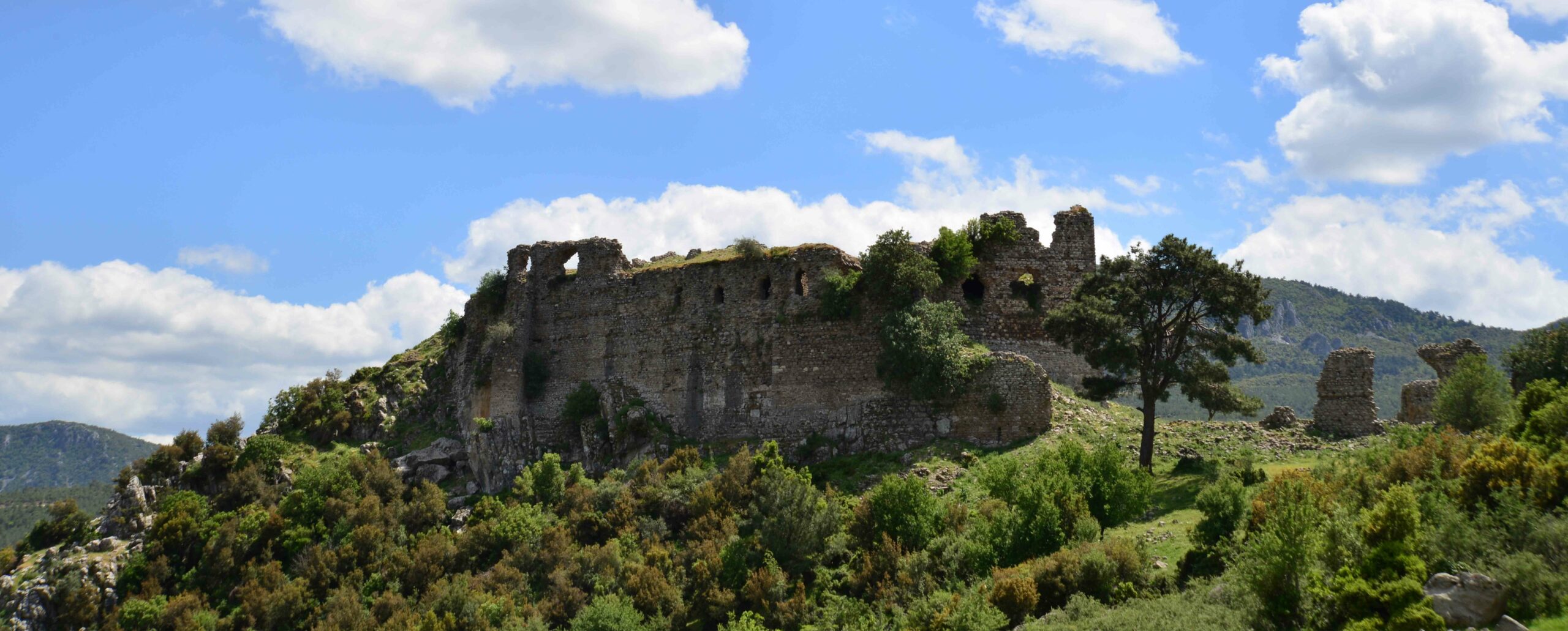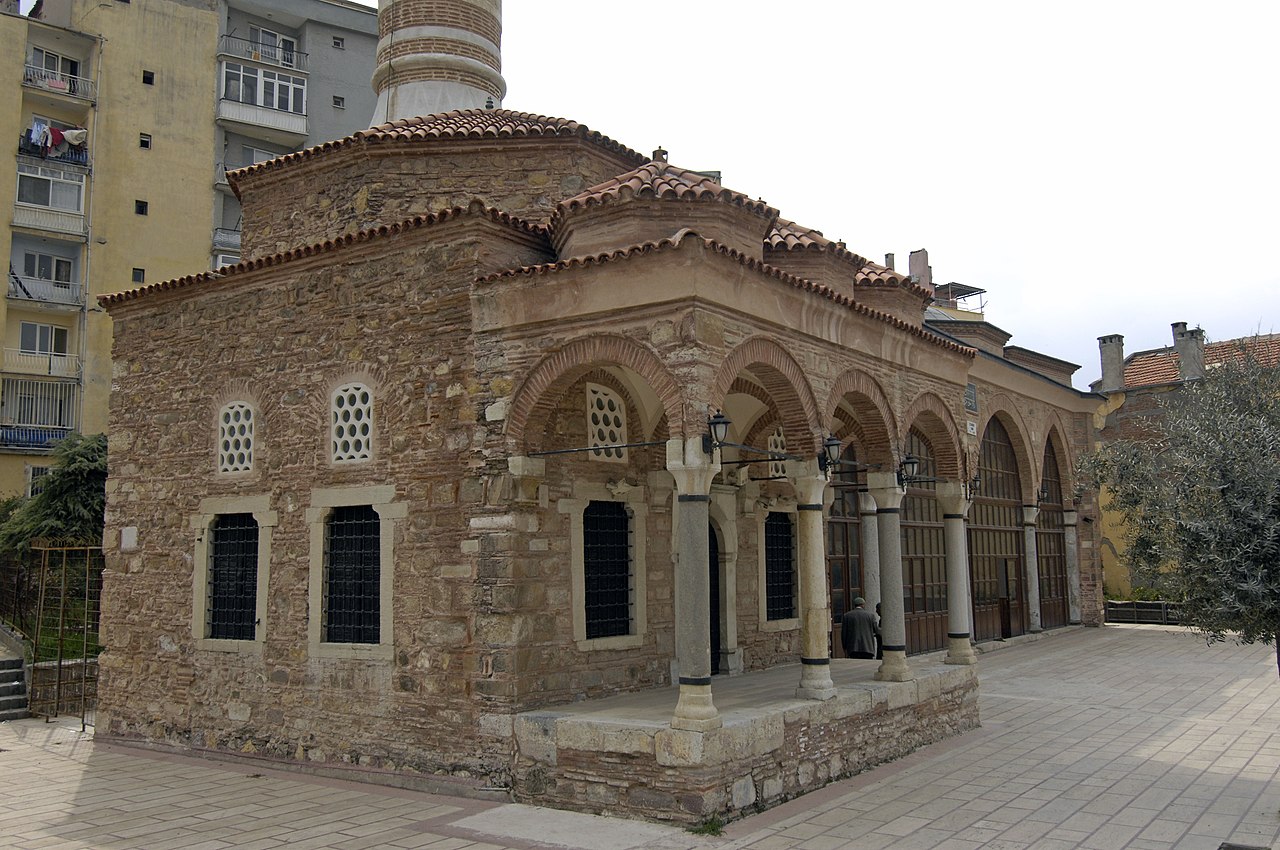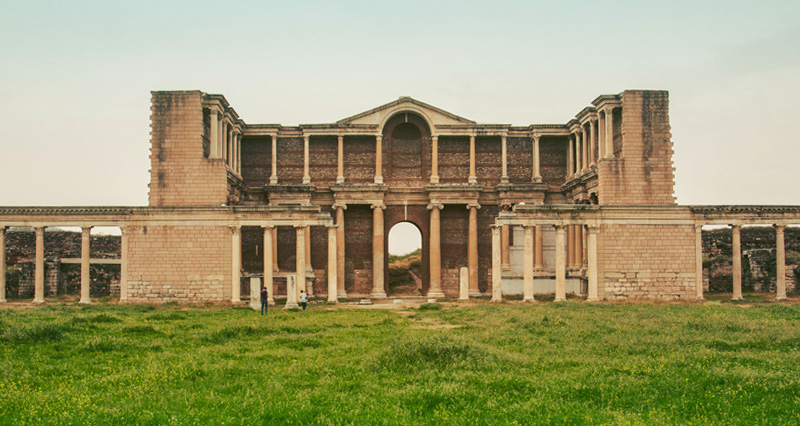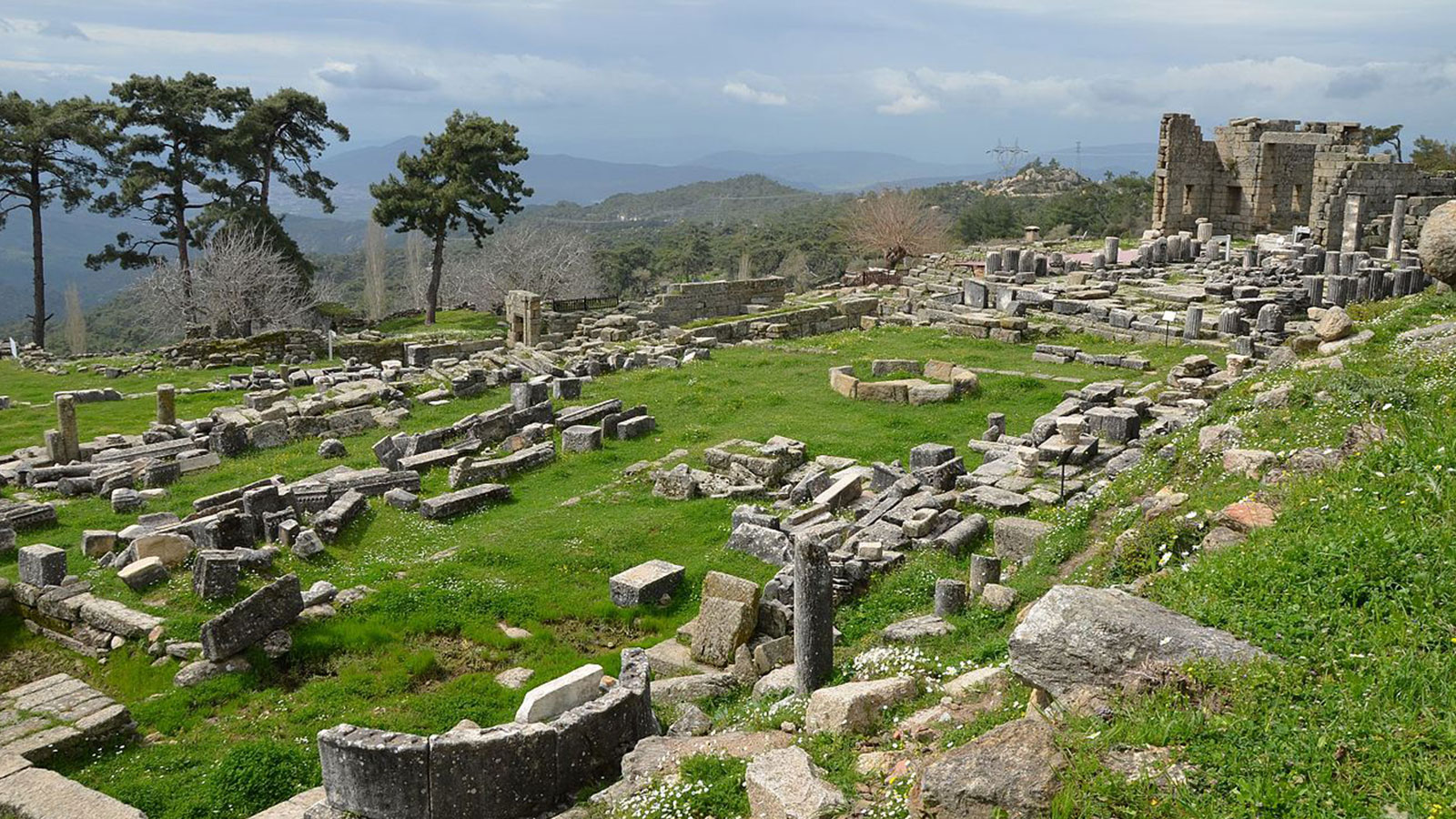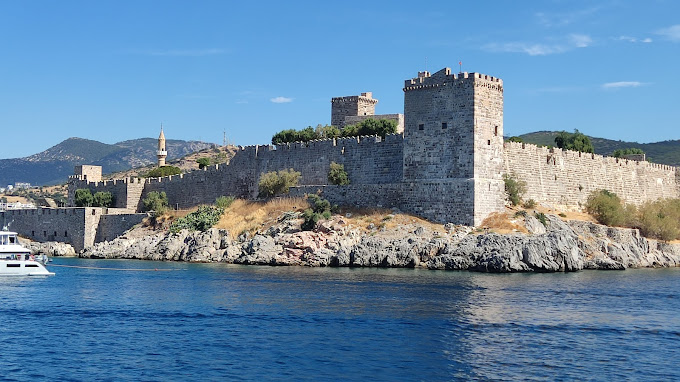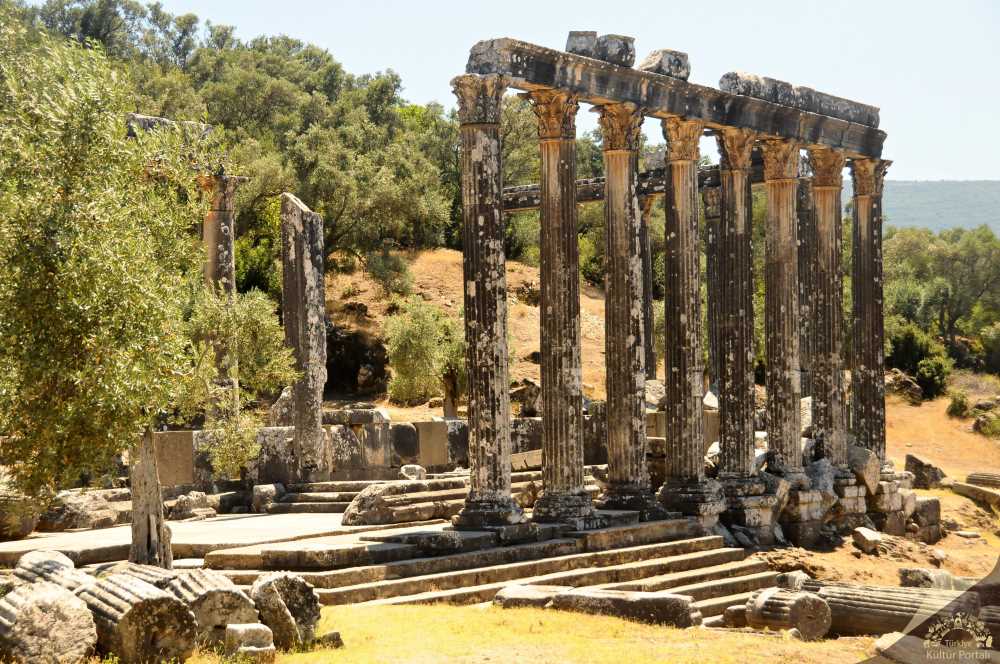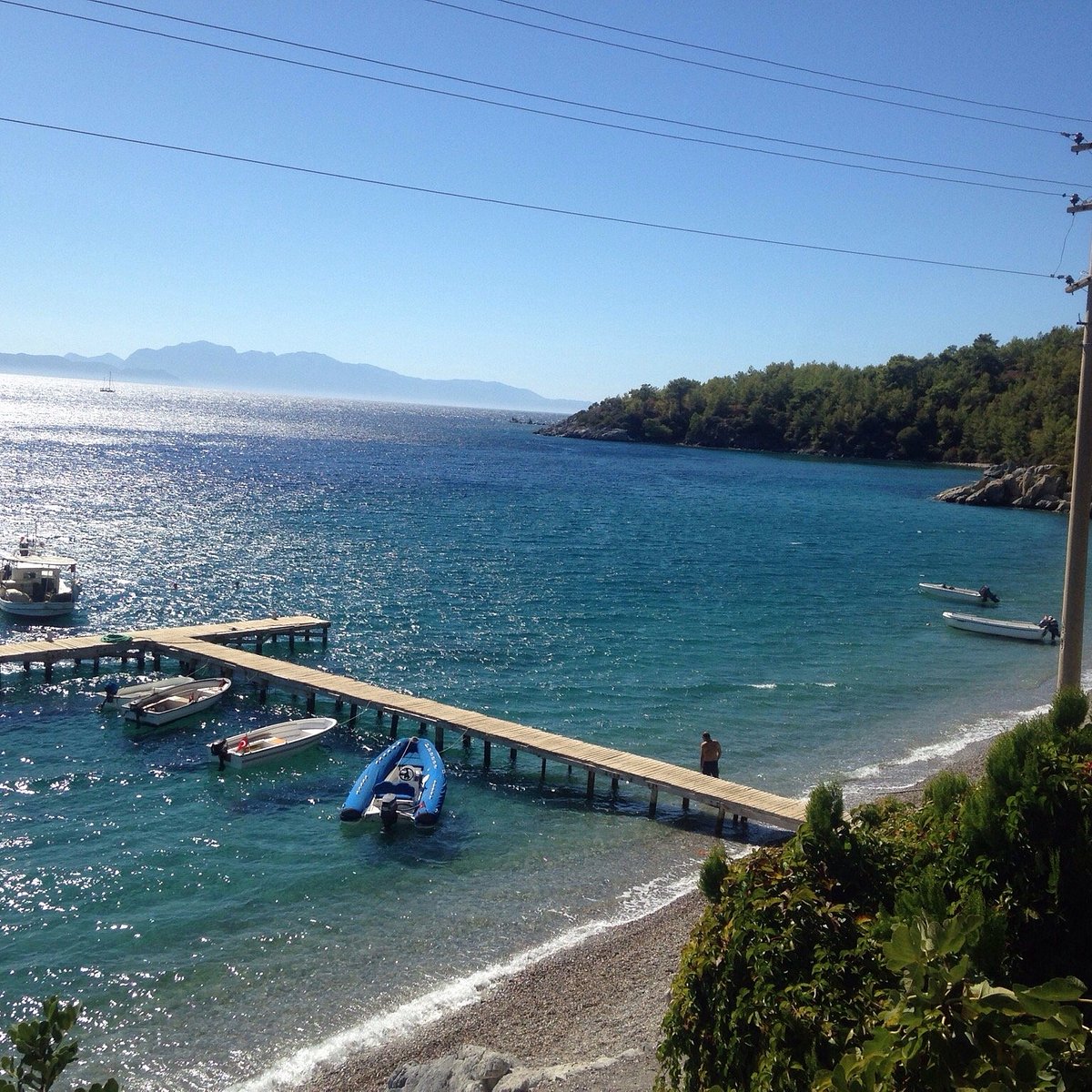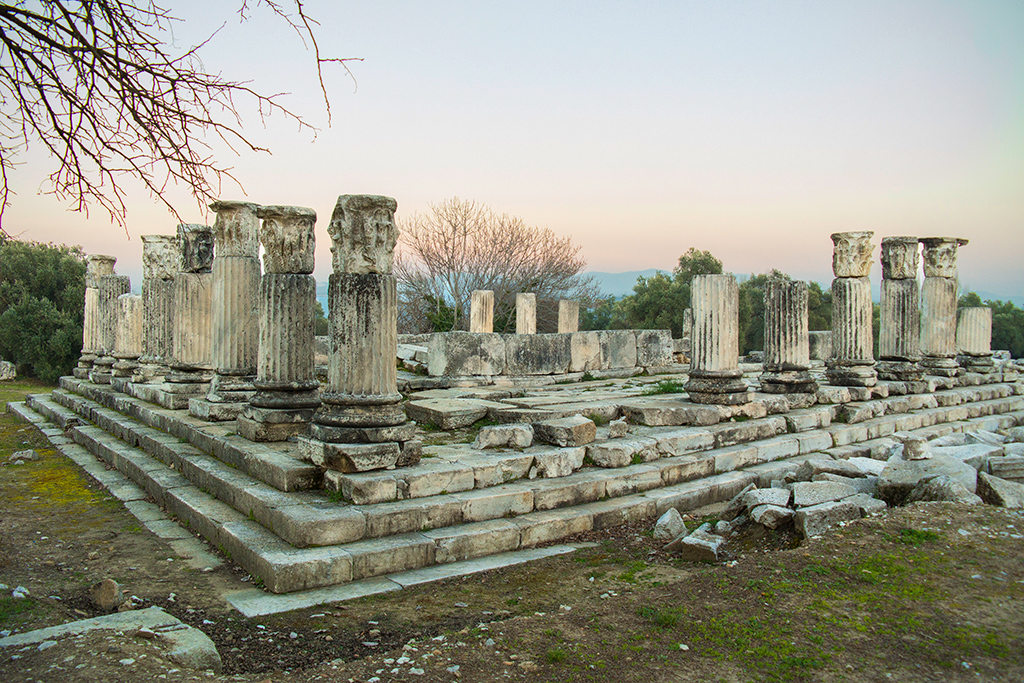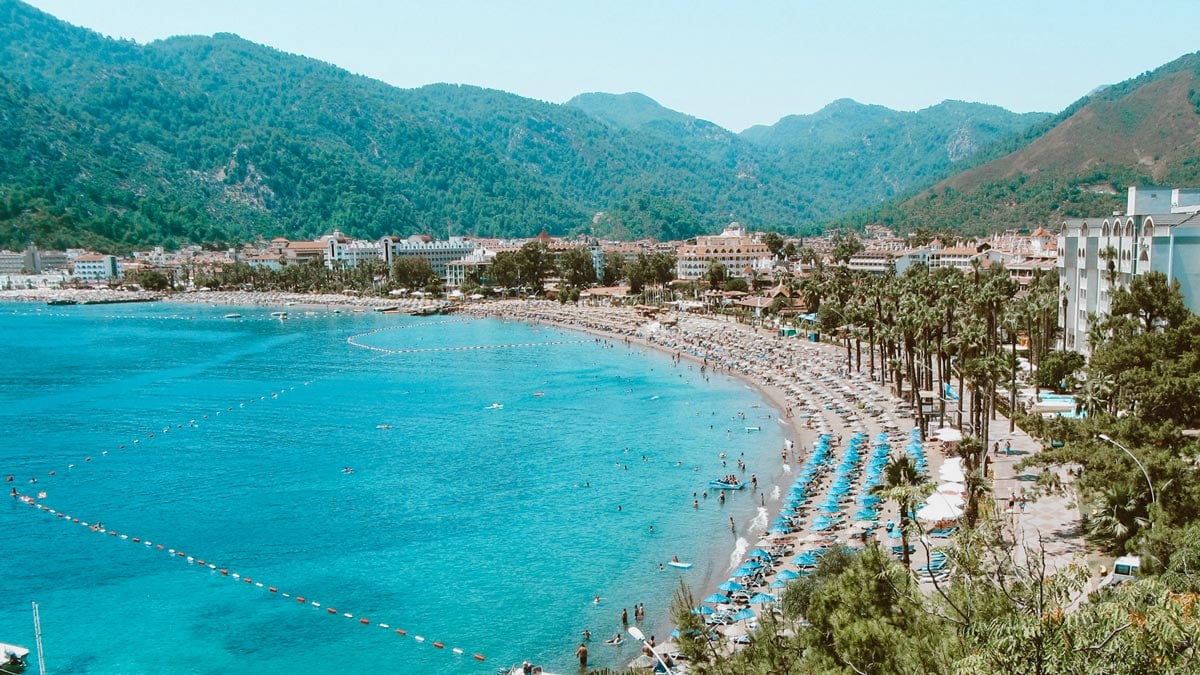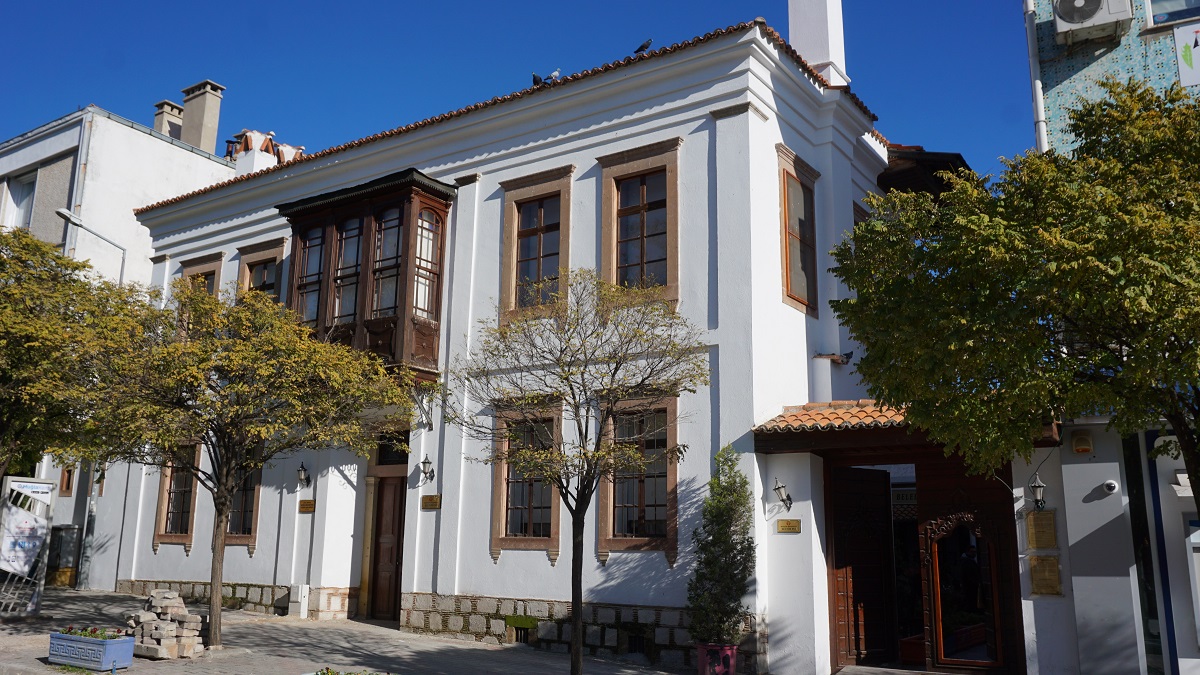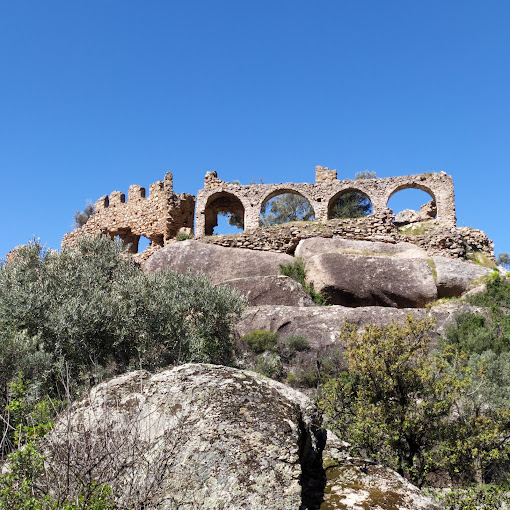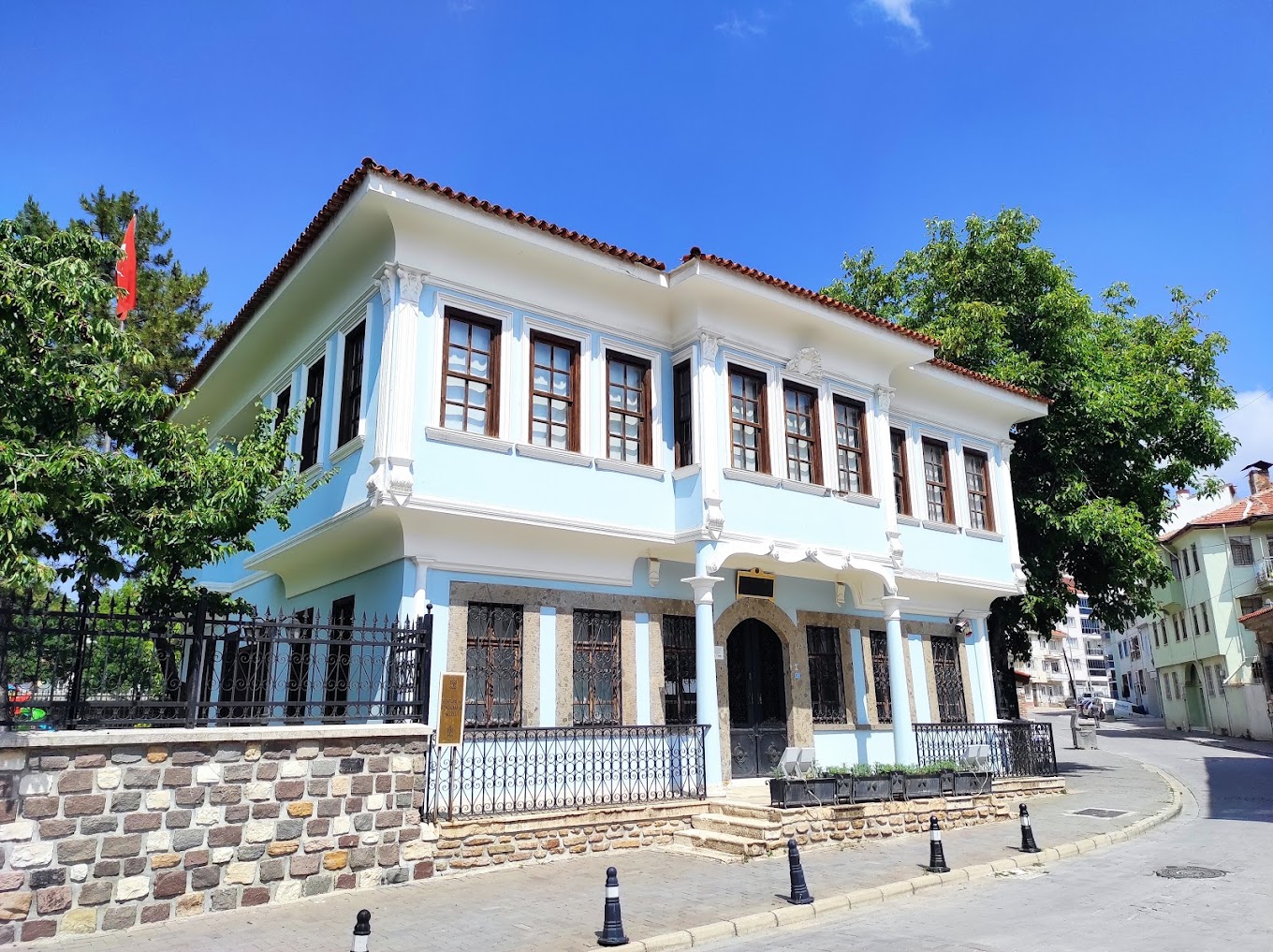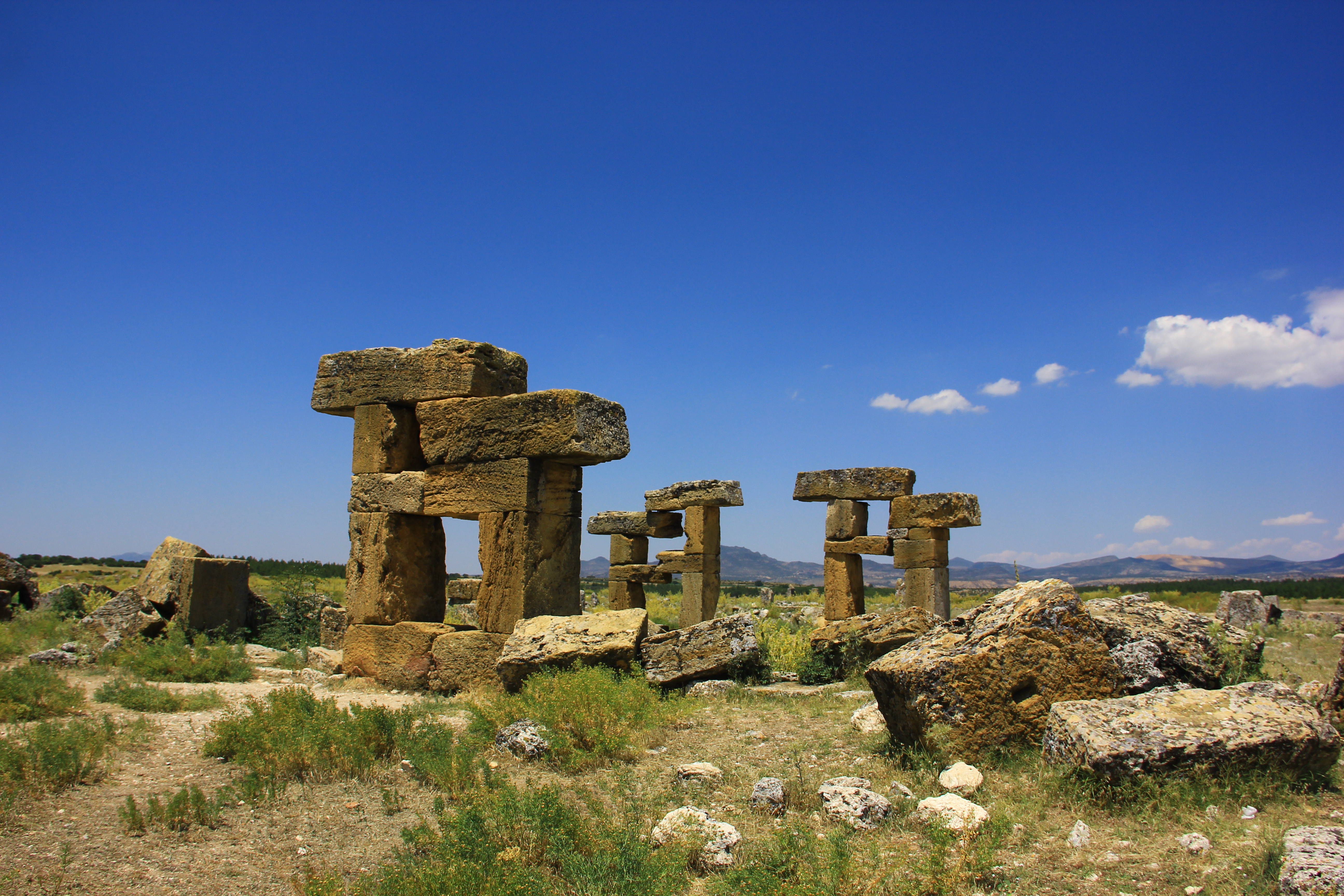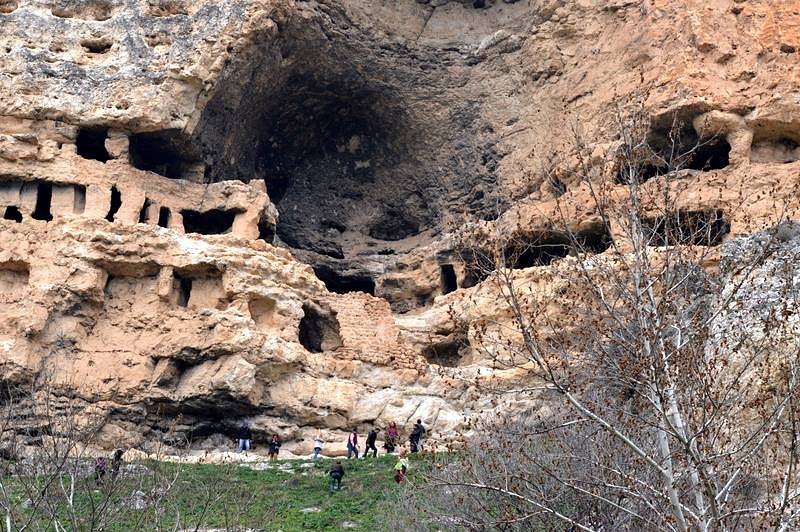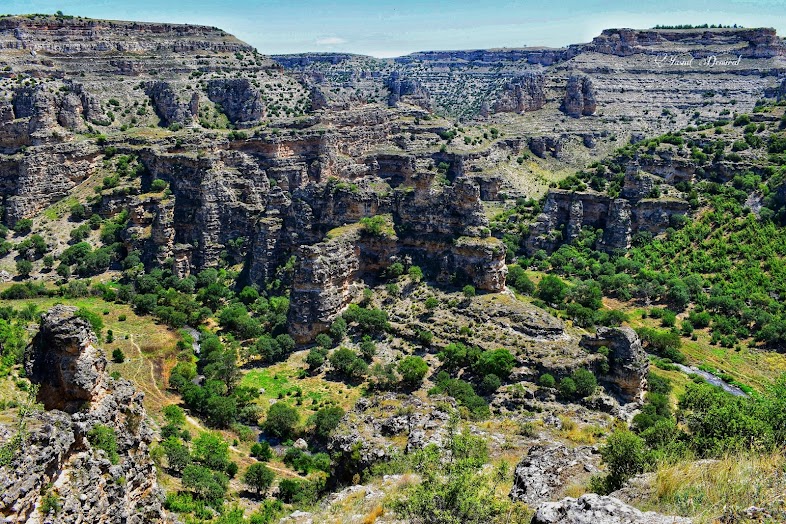Atatürk House And Ethnography Museum
Although there is no definite document about the construction date of the building, it is understood that it was built in the late 19th century according to the information obtained from the public. The building is defined as gum type due to its external structure, plan, form of windows and ornamental features. The building, which was built as two floors, consists of a middle sofa and rooms opening to this sofa in terms of plan. The sofa of the upper floor opens to the cantilevered balcony that activates the façade on the front façade, and to the section on the rear façade that rises over two floors and is apparently added later. There is no decoration other than the ceiling moldings of the ground floor and the decorative corner piers with moulding caps decorated with meanders with grooves covering the top of the wooden pillars carrying the upper floor.
The building was used as a party building in the first years of the Republic and the Great Leader Atatürk was hosted here for one night when he came to Denizli on February 4, 1931. After the 1950s, it was allocated to the Ministry of Health and served as a Tuberculosis Dispensary for a while. In 1977, it was registered as a monument by the Ministry of Culture and was taken under protection. From 1981, the 100th anniversary of Atatürk's birth, to the end of 1983, the building was repaired and exhibited and opened to visitors as a museum on February 1, 1984. Due to the negative effect of time, its architectural structure and location, the building was worn out, and it was repaired again at the end of 1997. It was put into service again on February 4, 1999, the 68th anniversary of Atatürk's honoring Denizli, with its repair and re-display arrangement.
Ethnographic works are exhibited on the ground floor of Atatürk House and Ethnography Museum. In the two rooms to the left and right of the visitor entrance, there are silver and bafon women's jewelry, embroidered women's pockets, hand embroideries and cup envelopes in the wall and floor showcases. In the second room on the right, there are examples of wooden carved calligraphy. In the largest and third room on the lower floor, various types of rifles, swords, Yatağan machetes, pistols, embroidered women's clothes, traditional handicrafts are exhibited in the showcases. In addition, the banner used in the rally held in Denizli Bayramyeri square on May 16, 1919 against the enemy occupation of İzmir, and the clothing belonging to Hüseyin Efe (Hüseyin Sergeant), who was from the village of Selcen in the Çal district, who had great benefits in the National Struggle, are on display.





